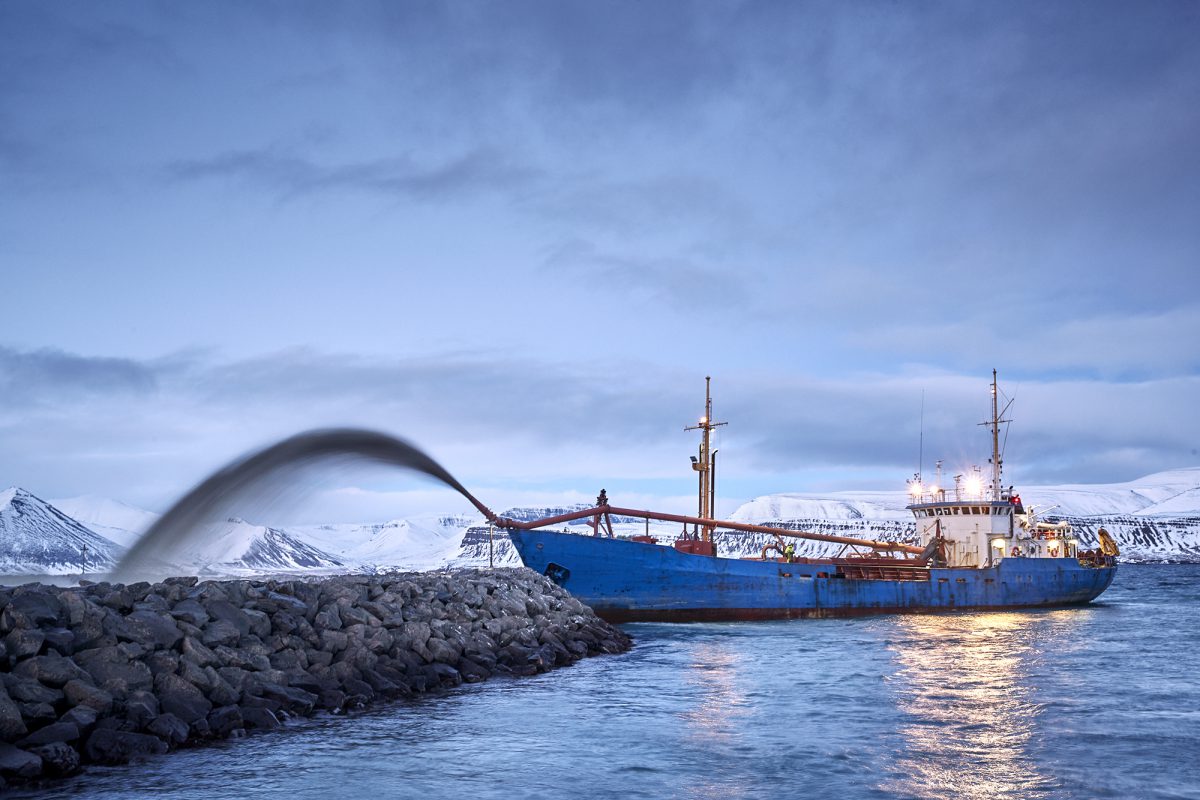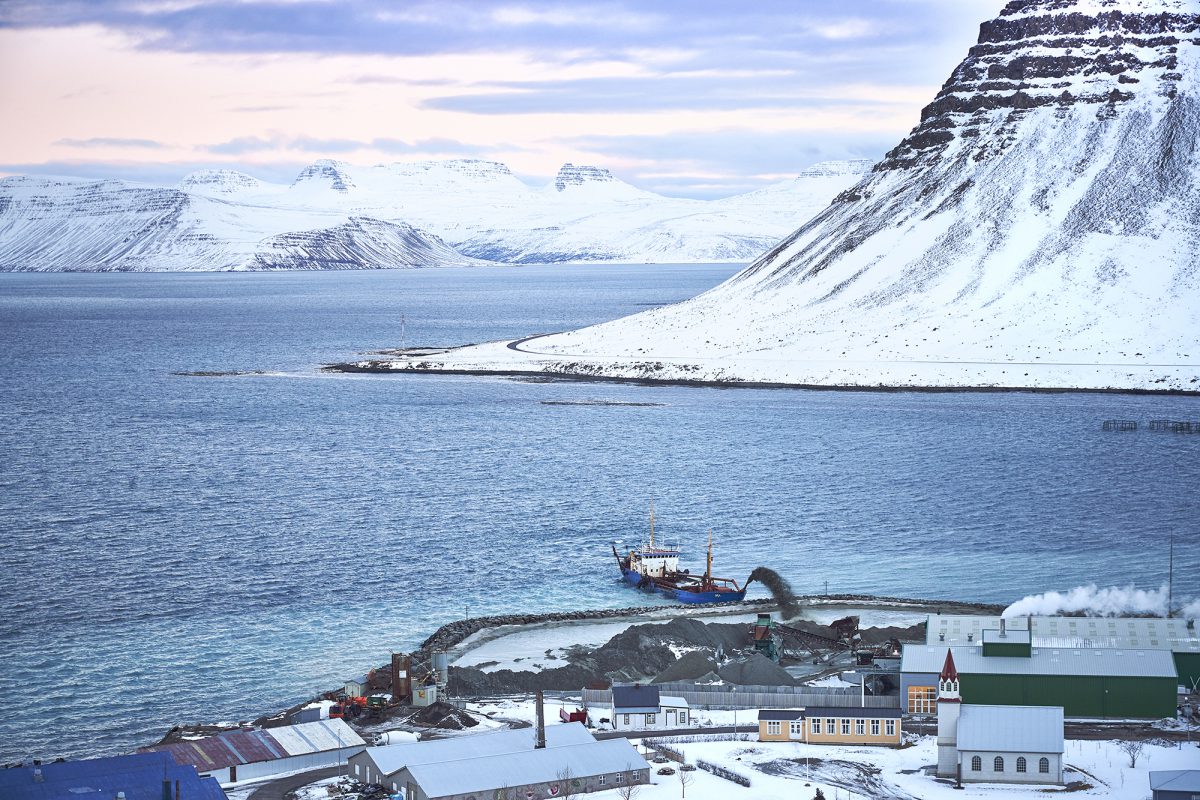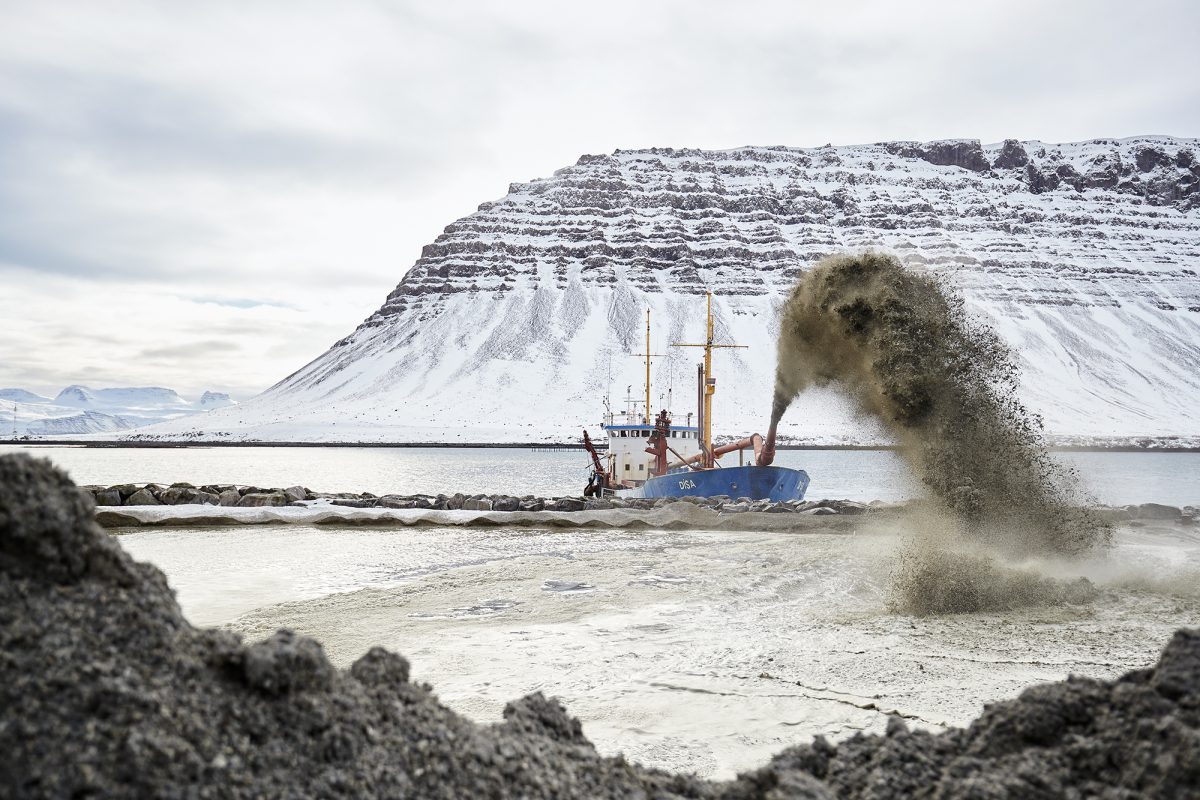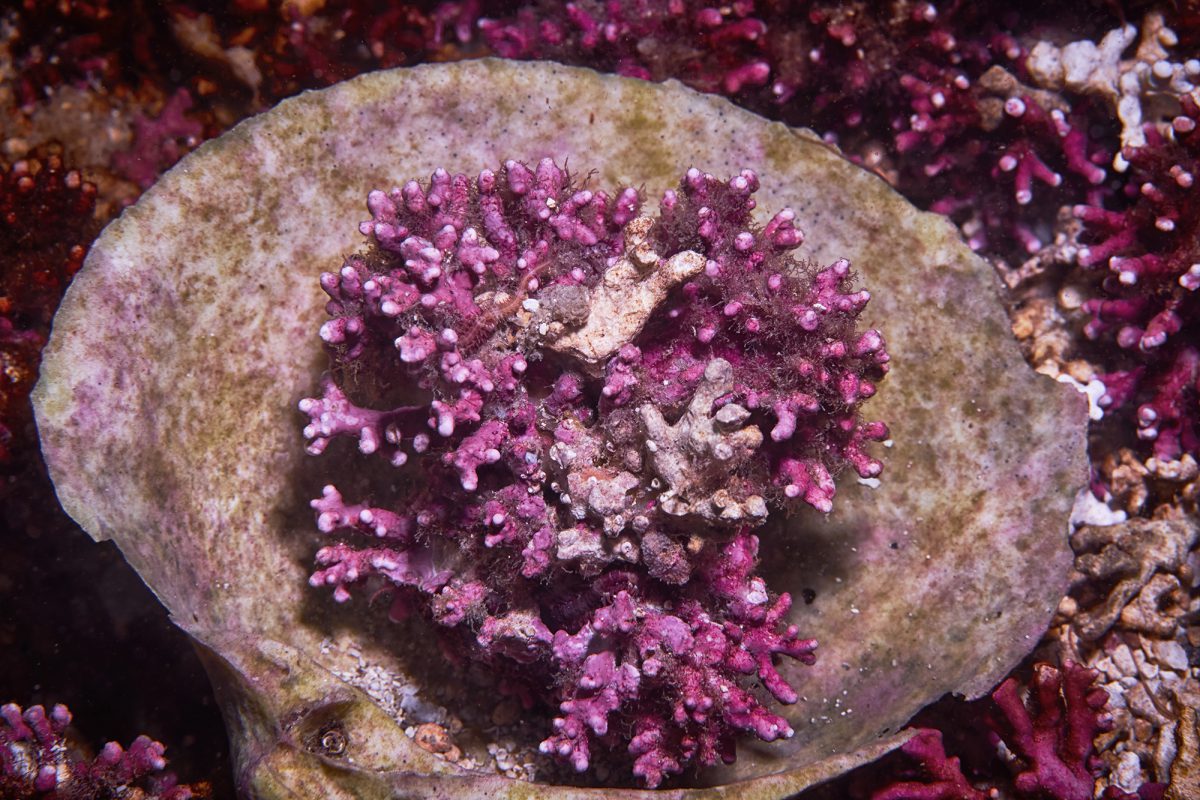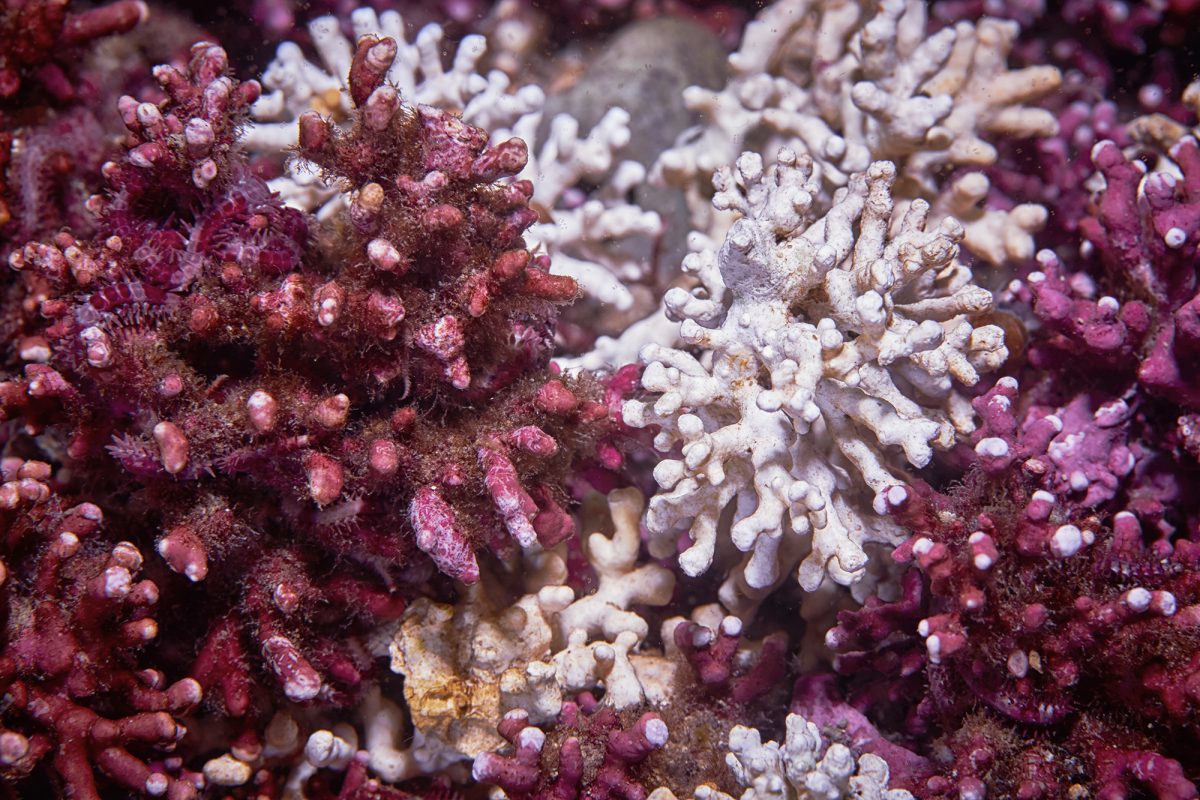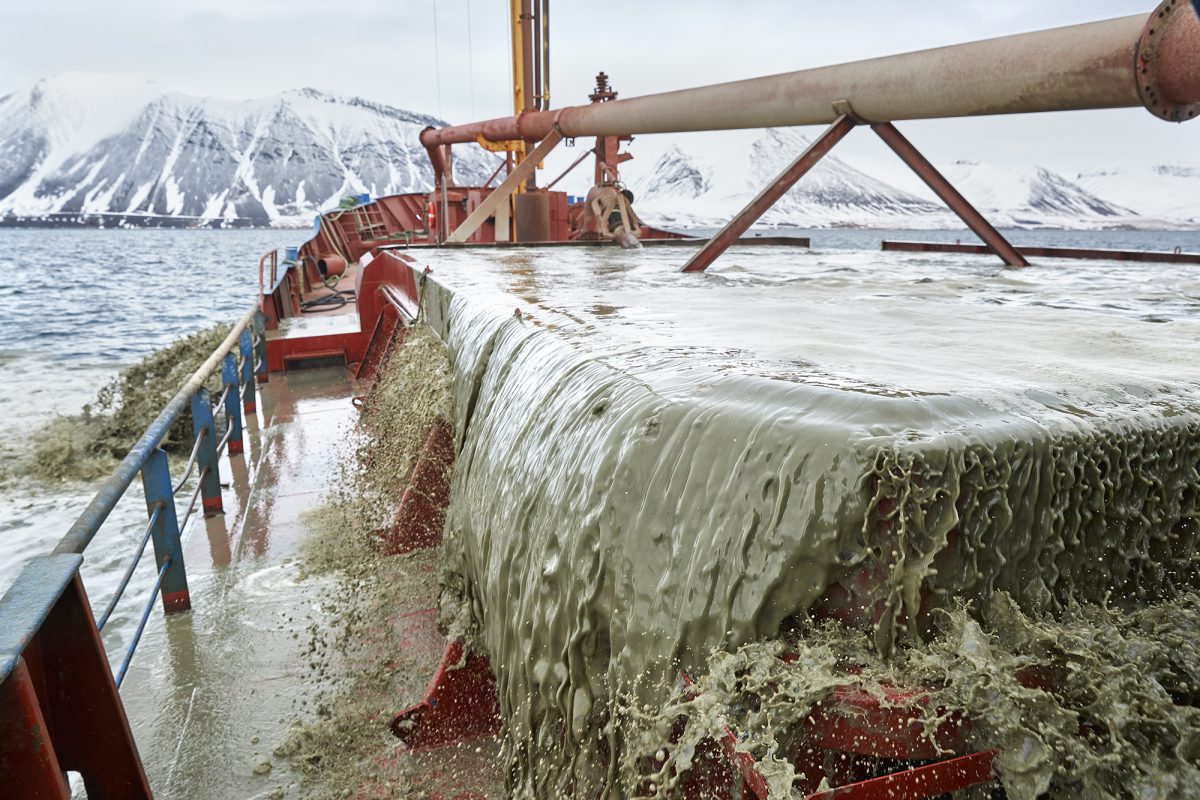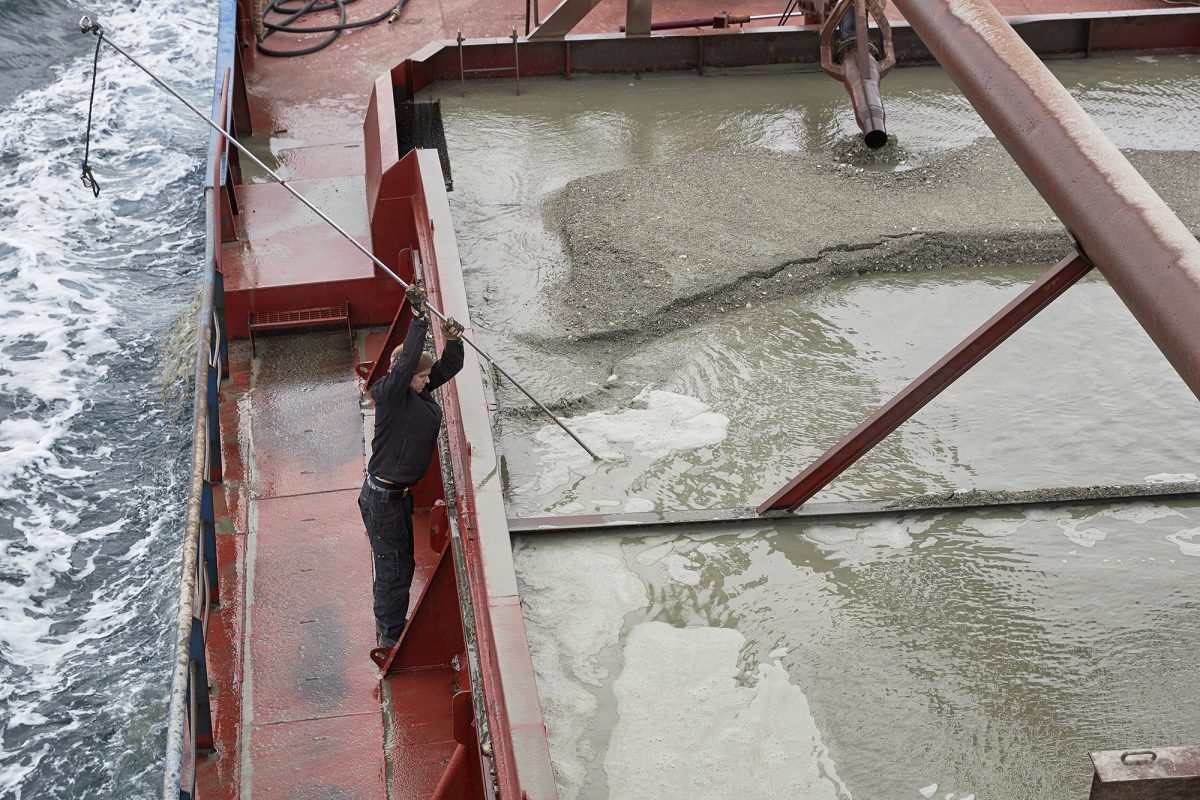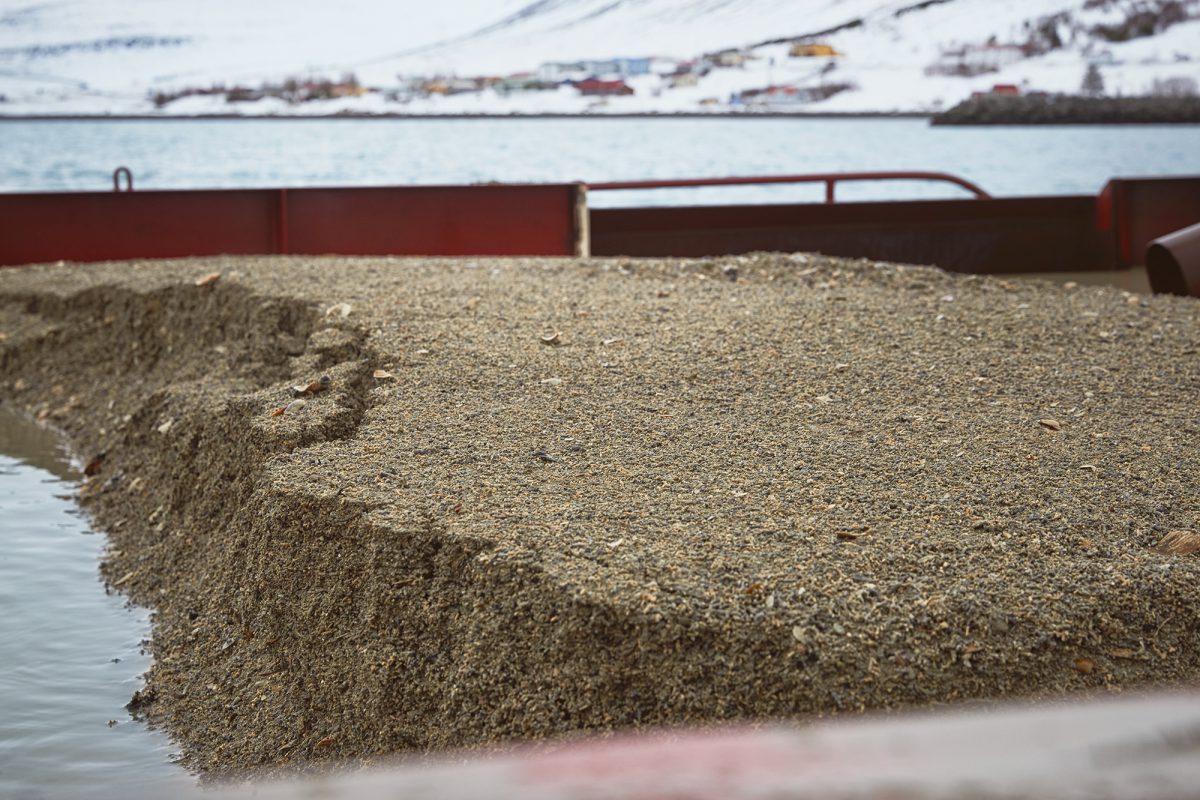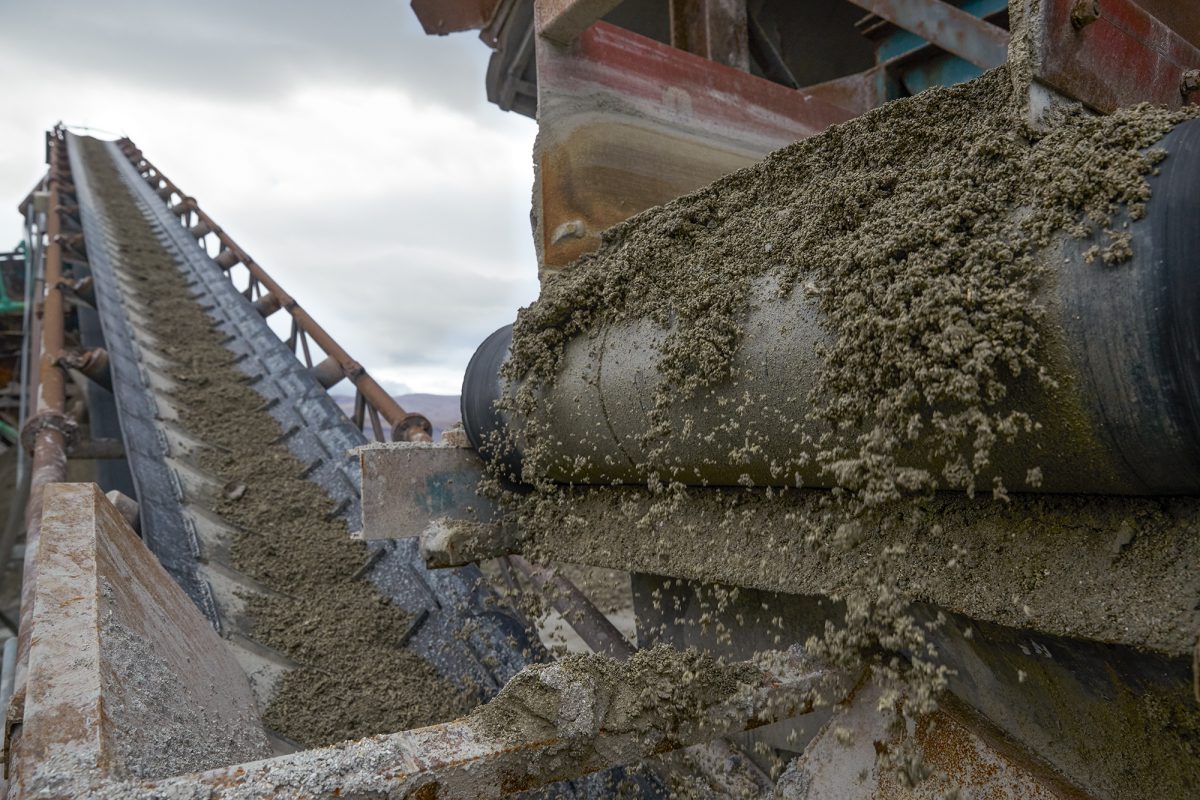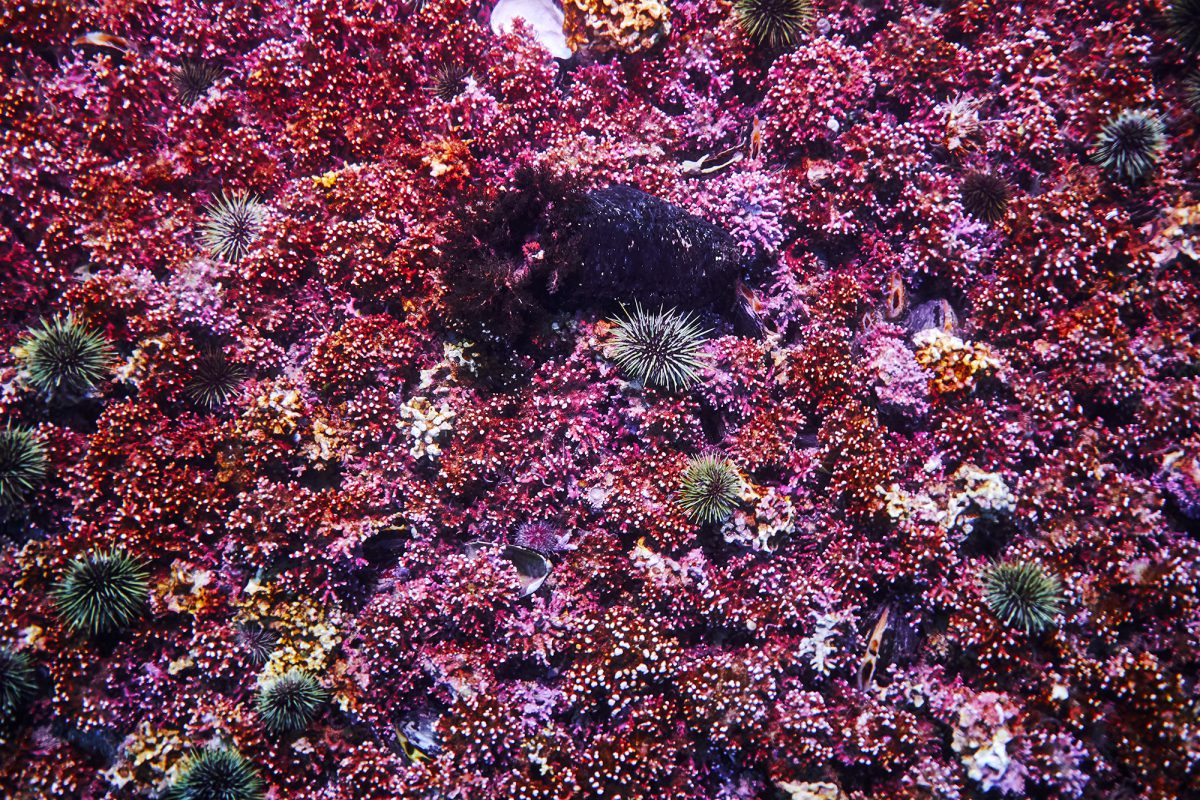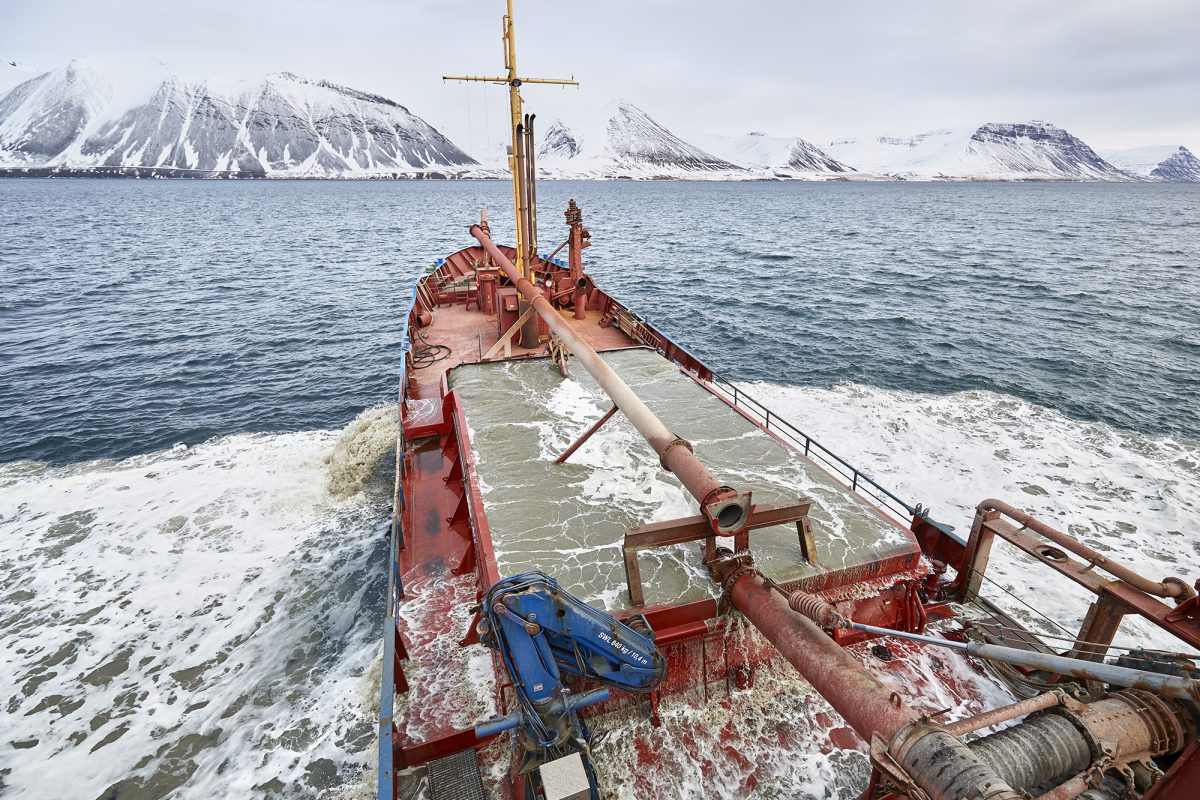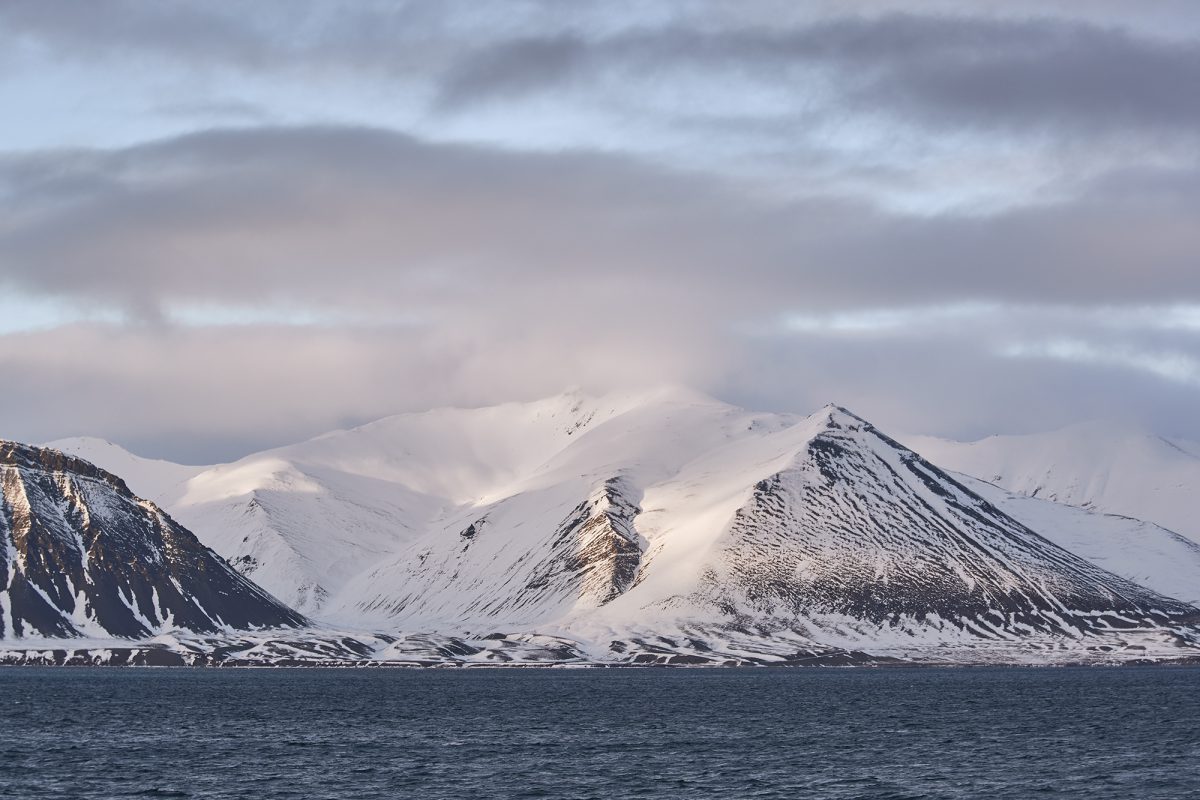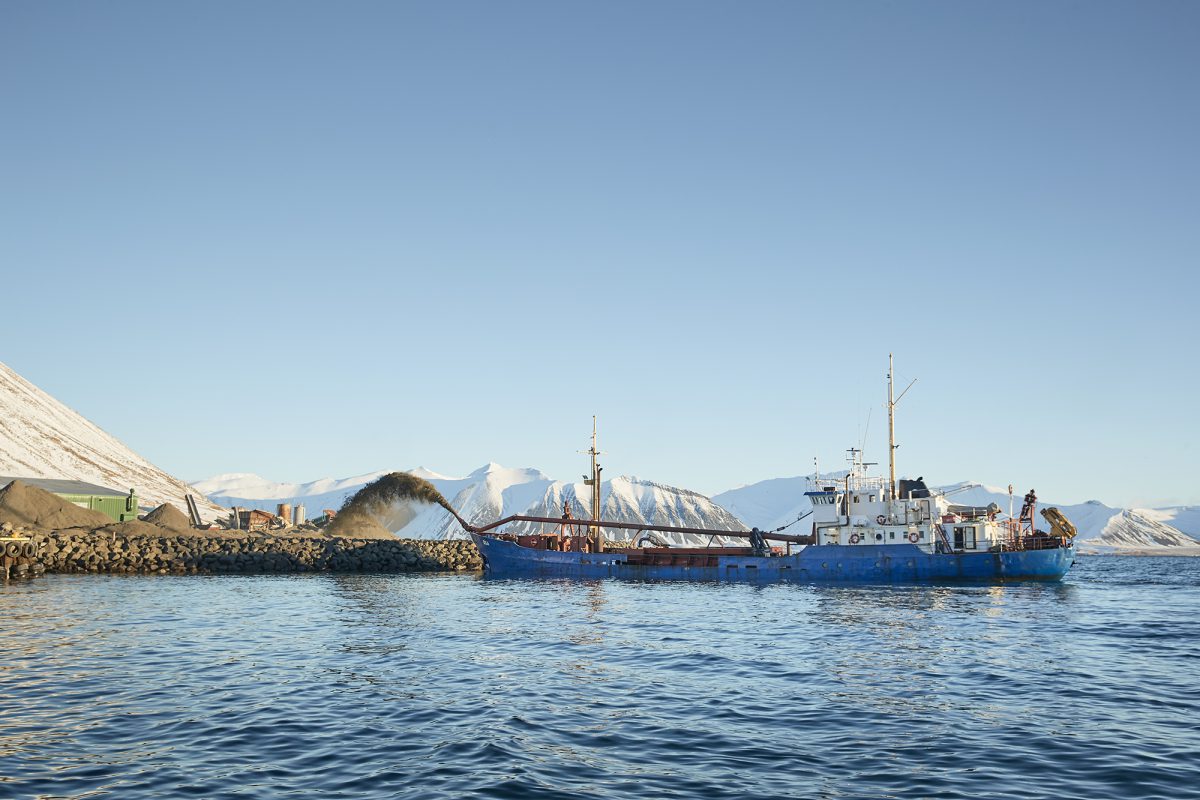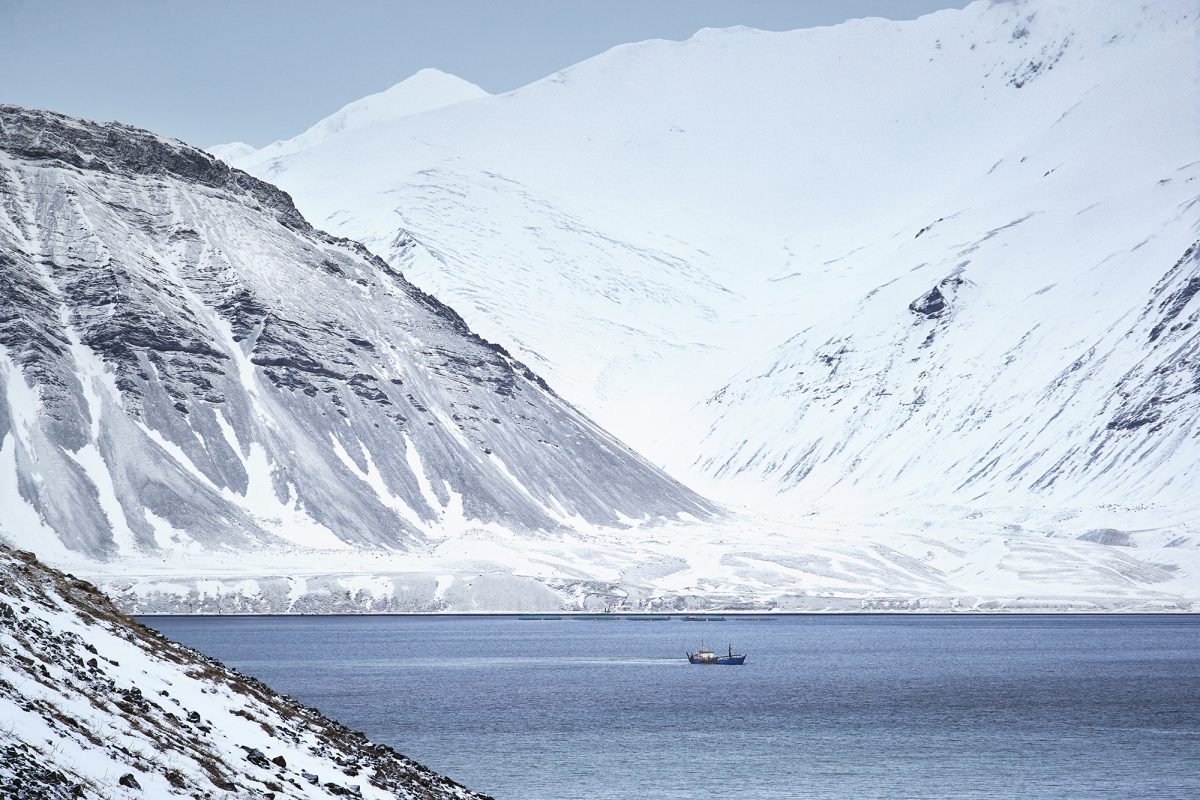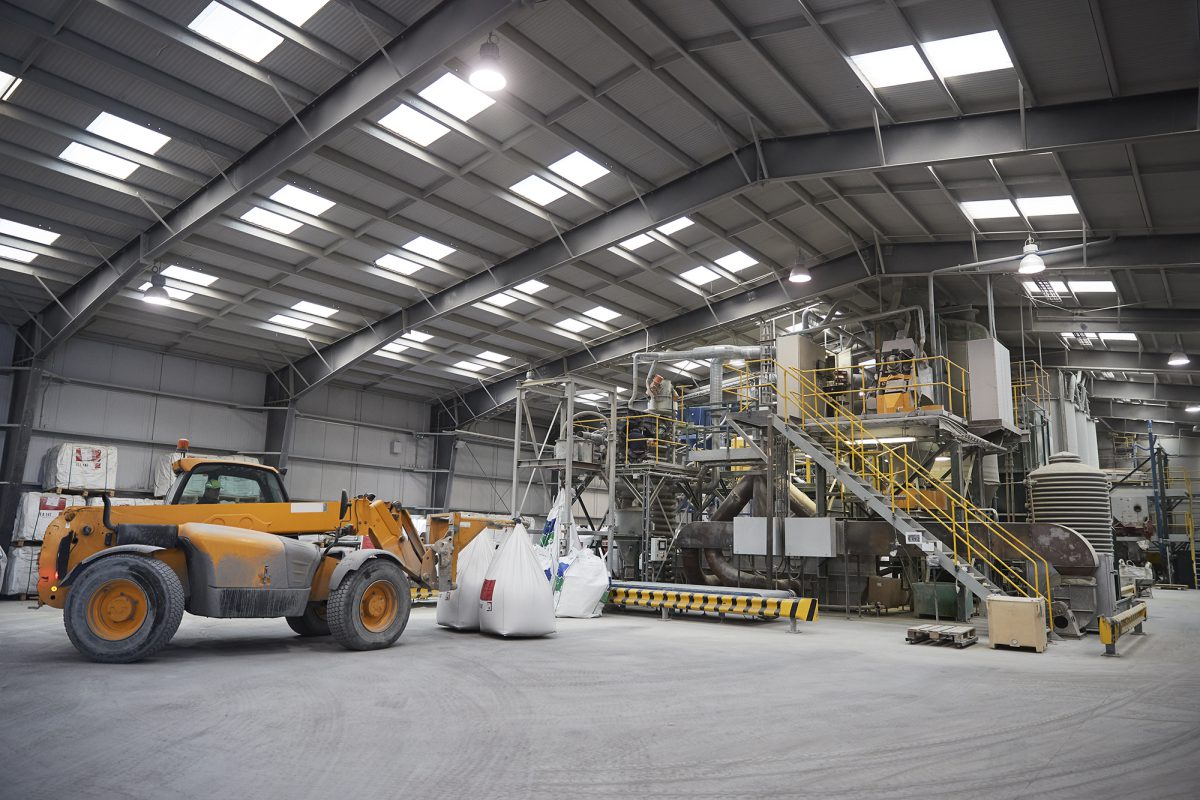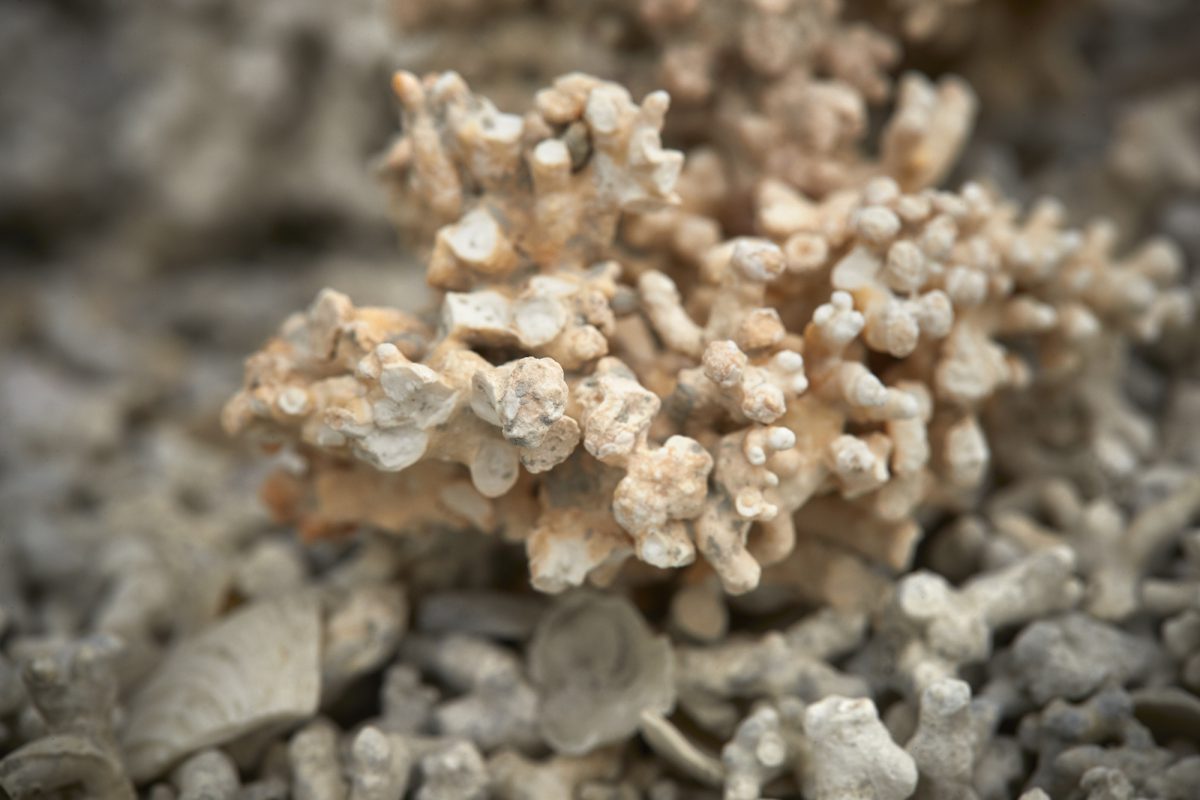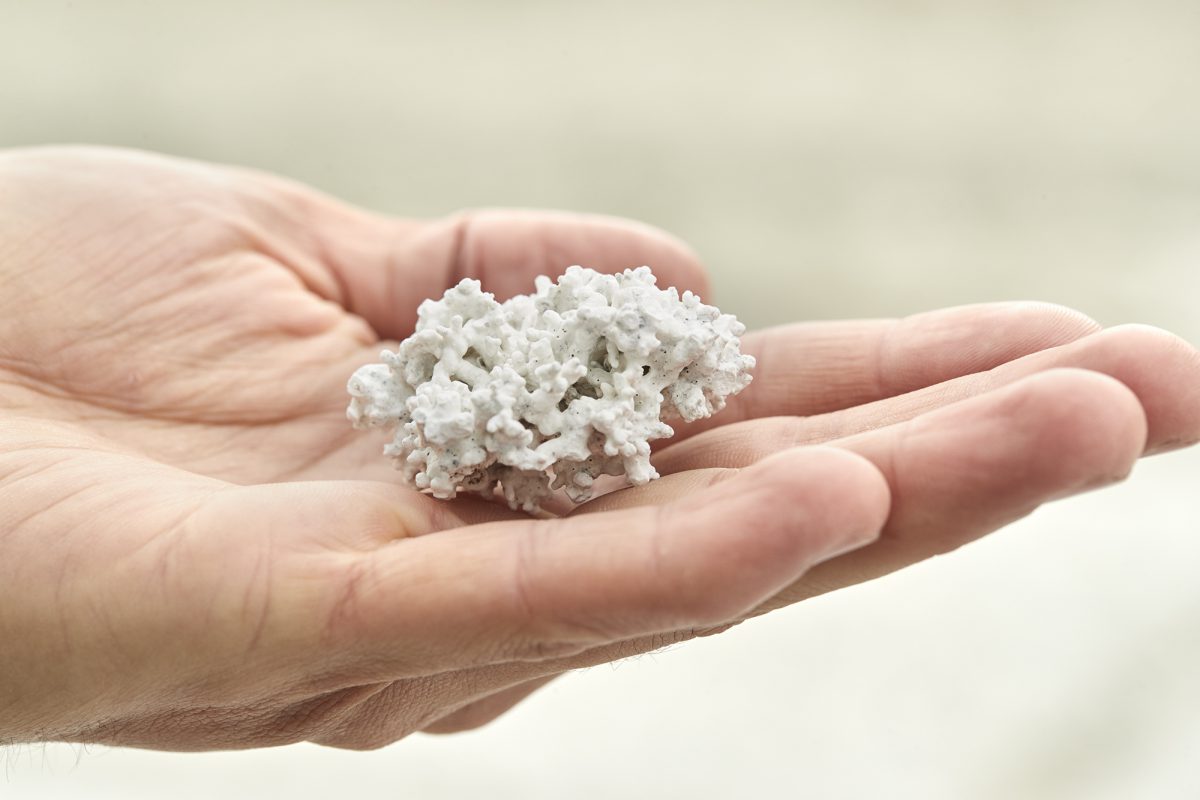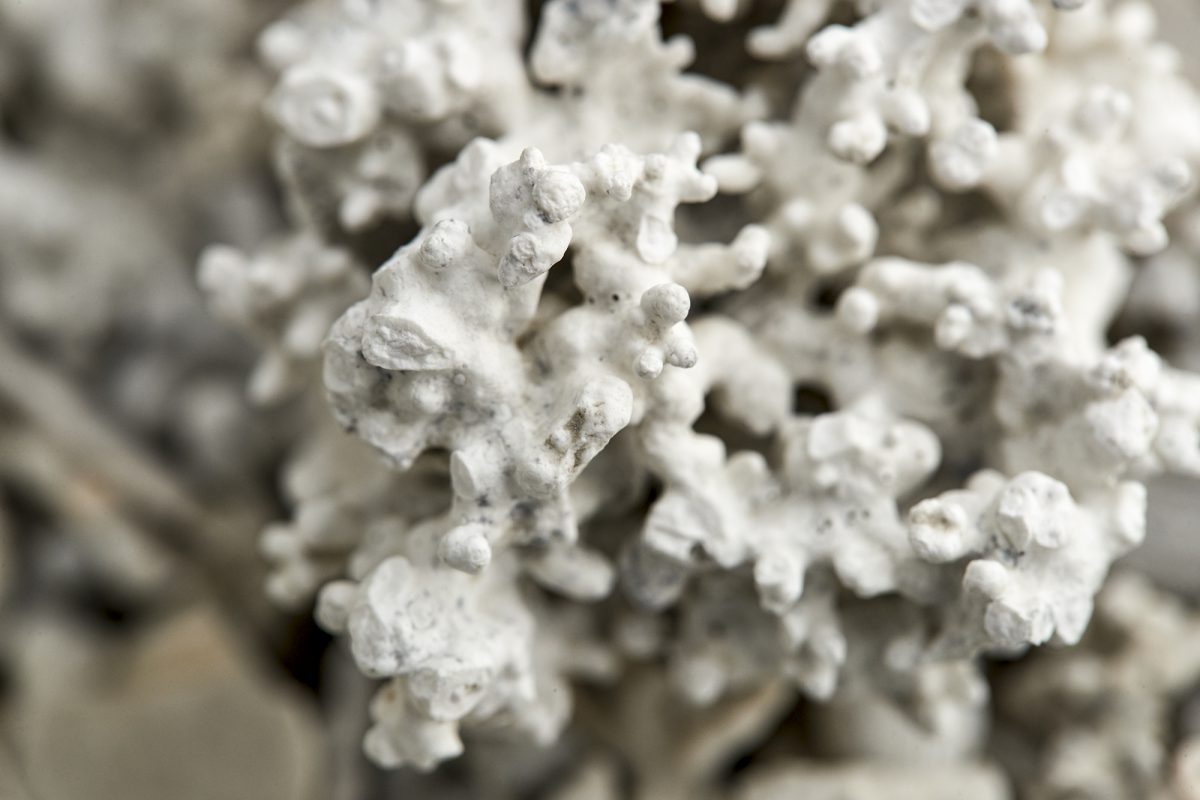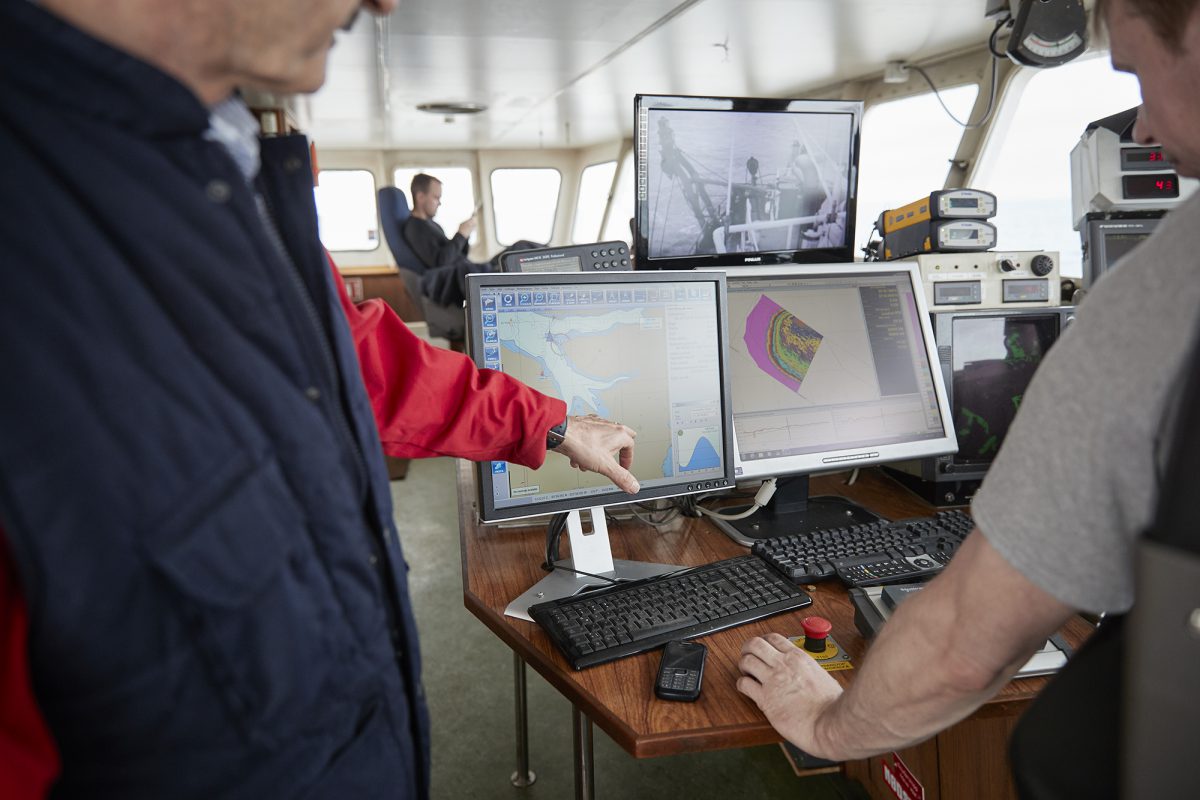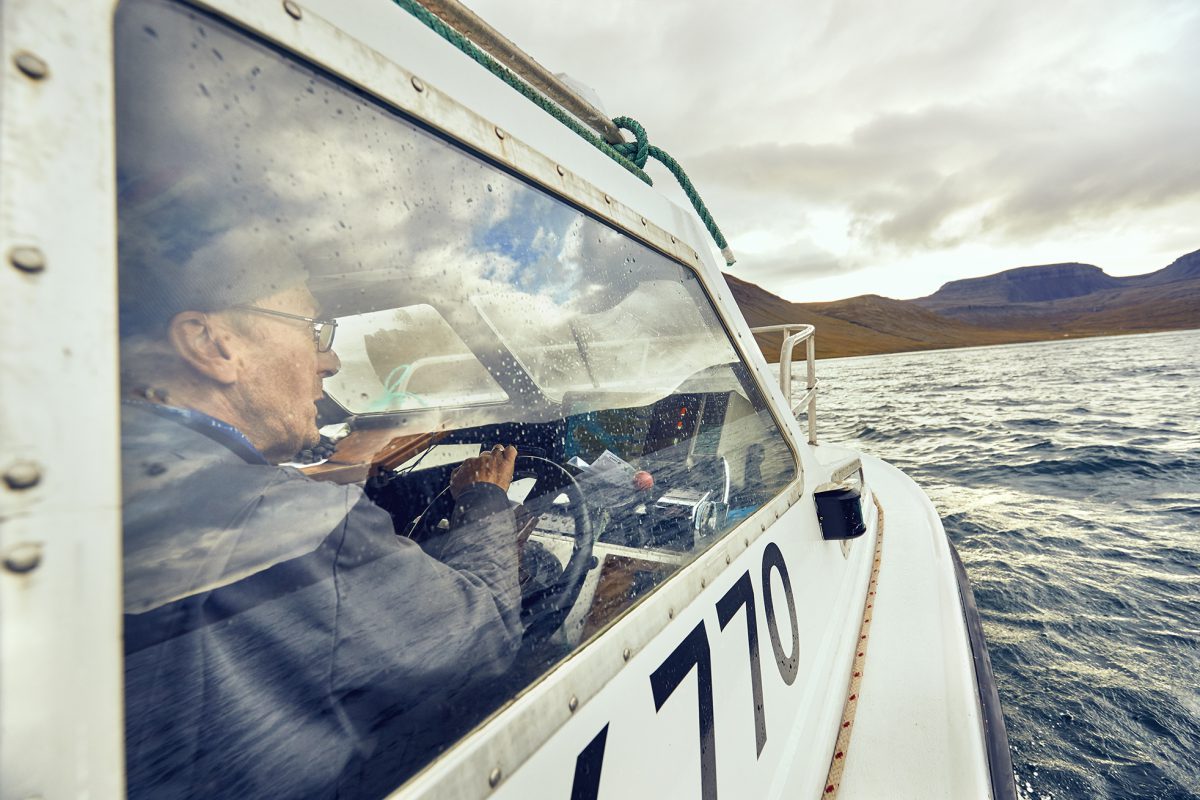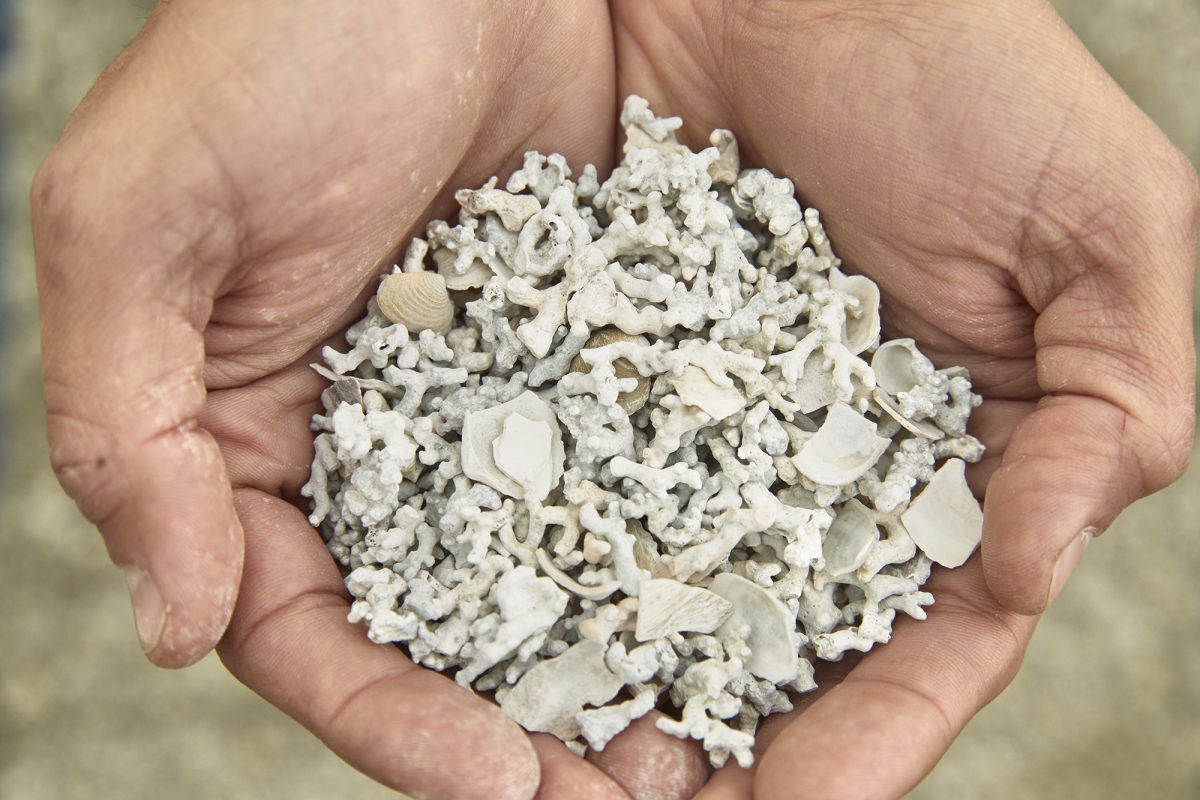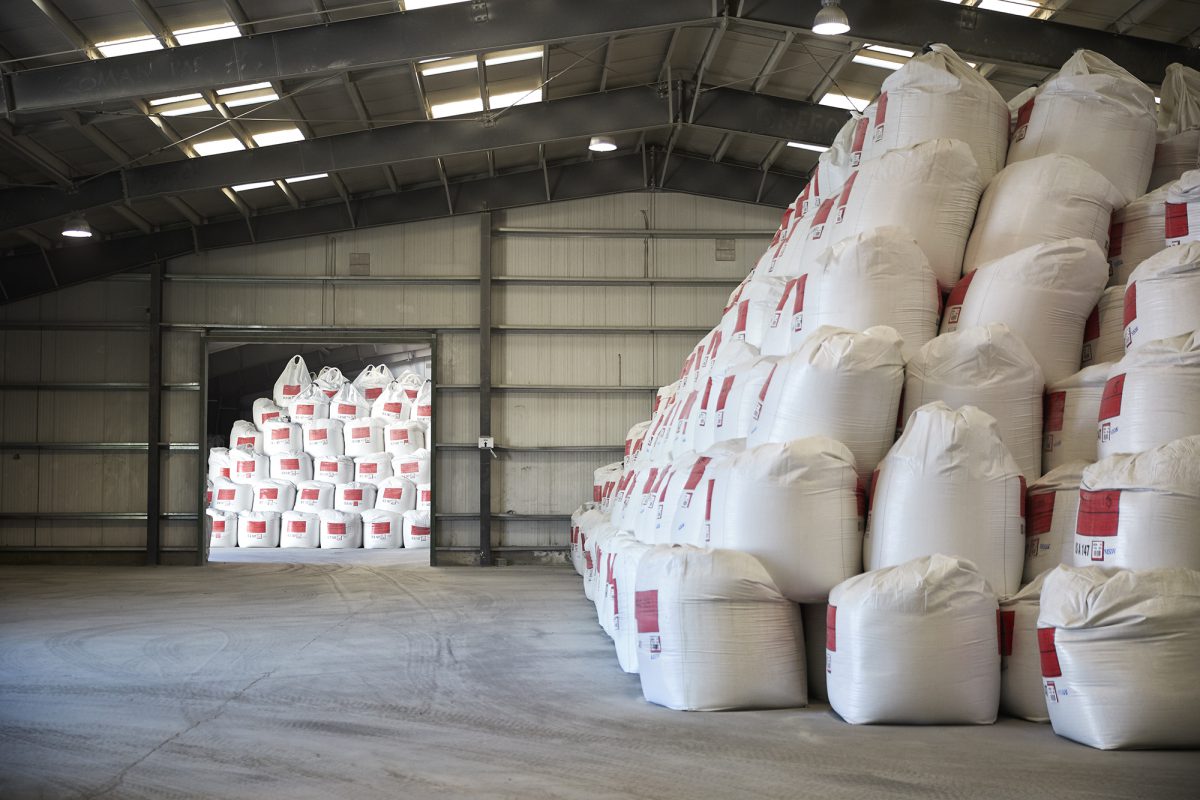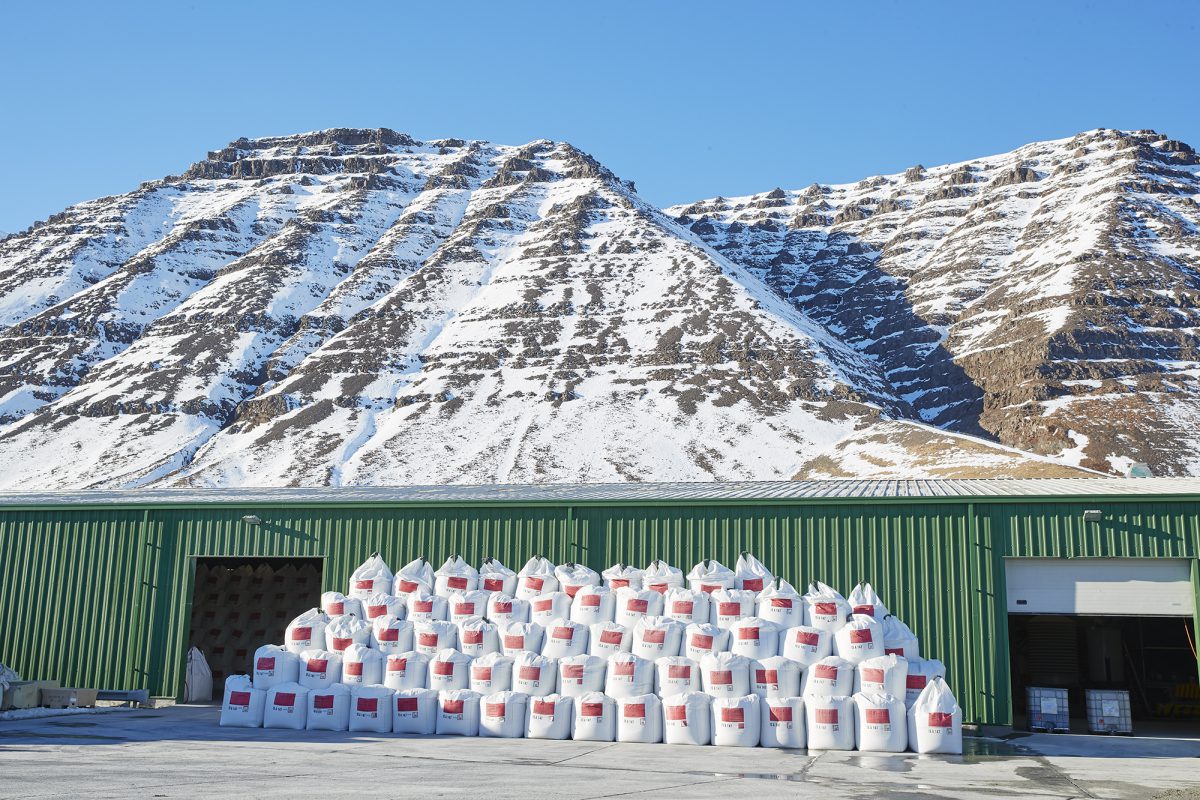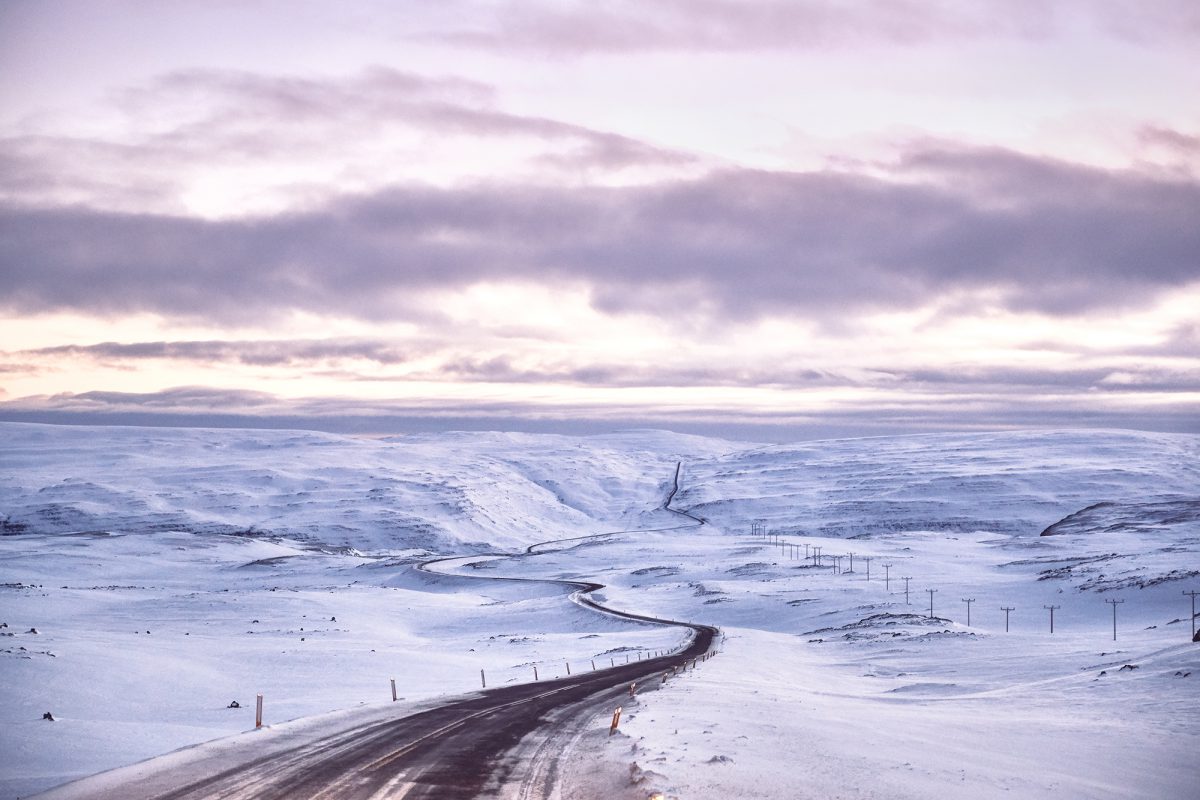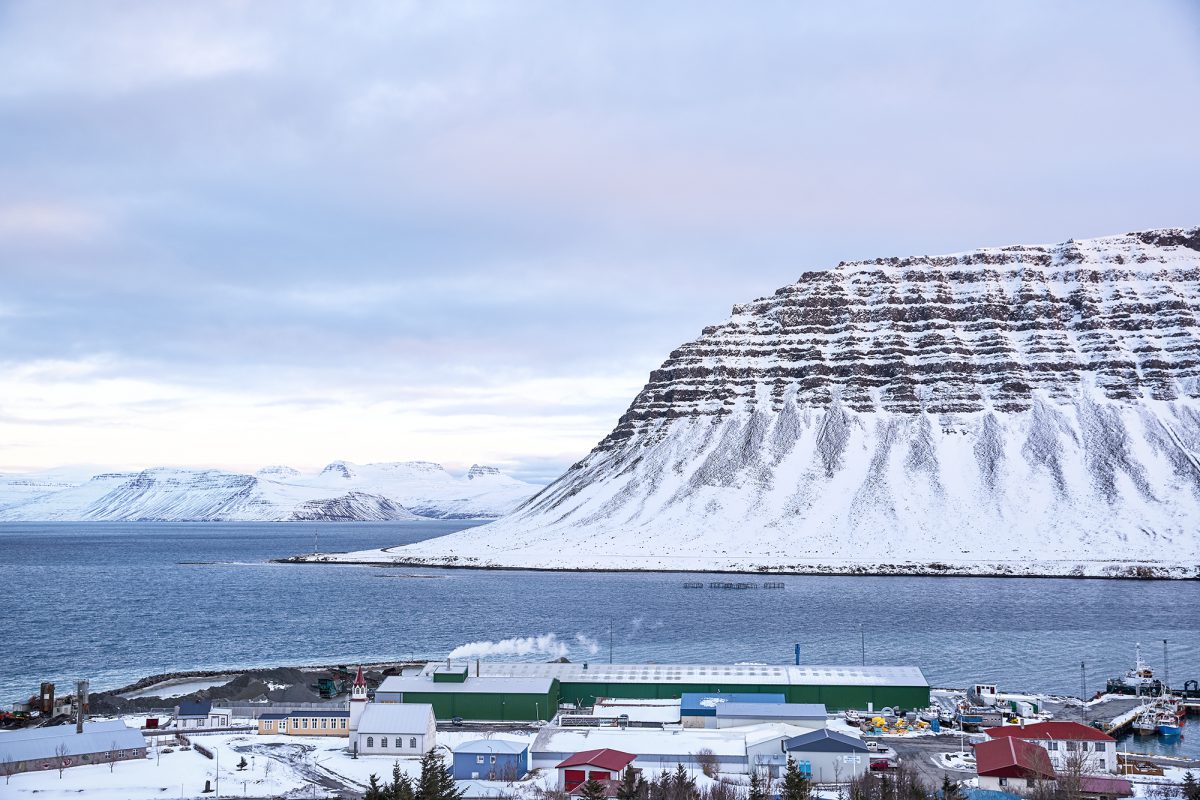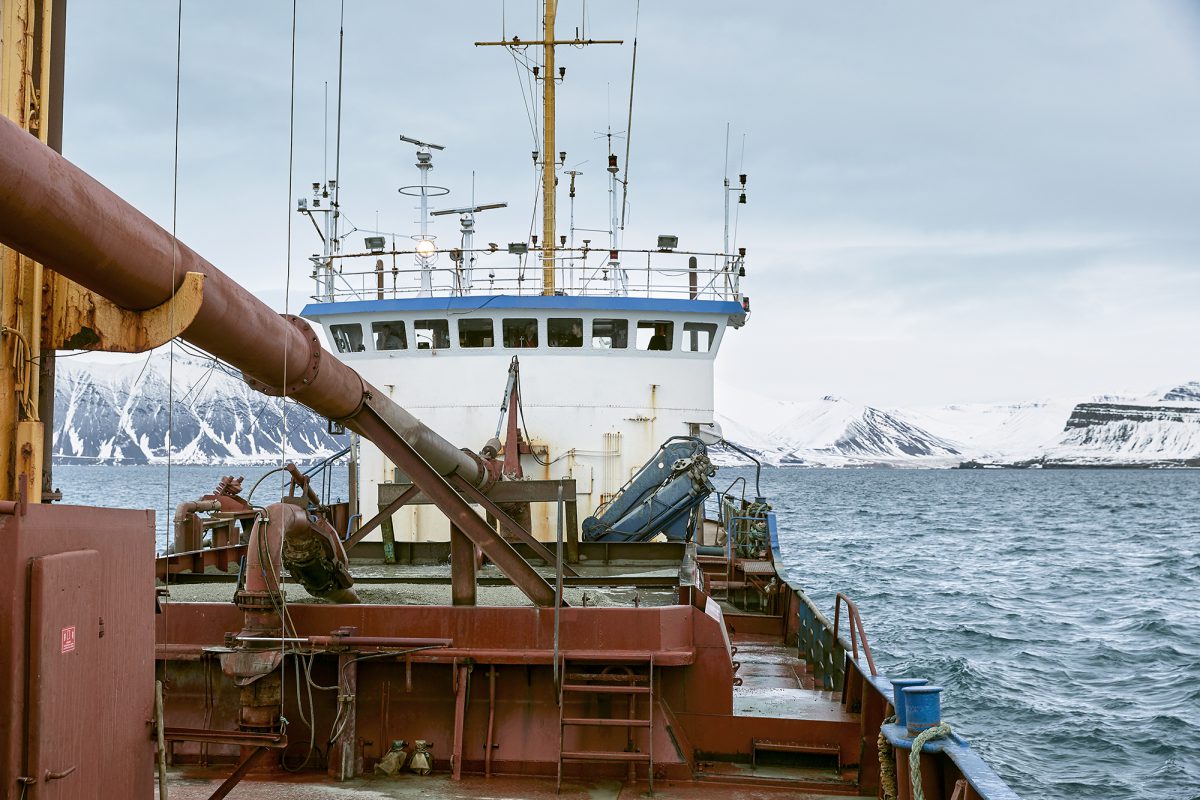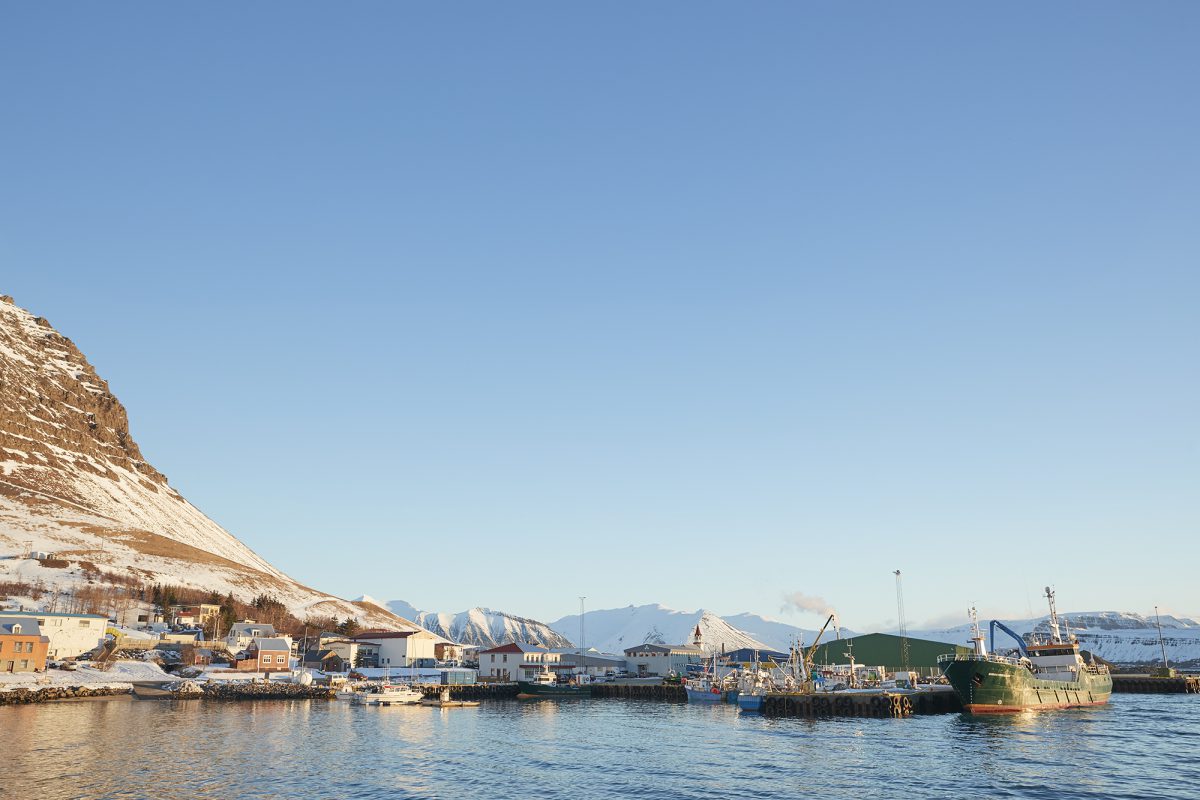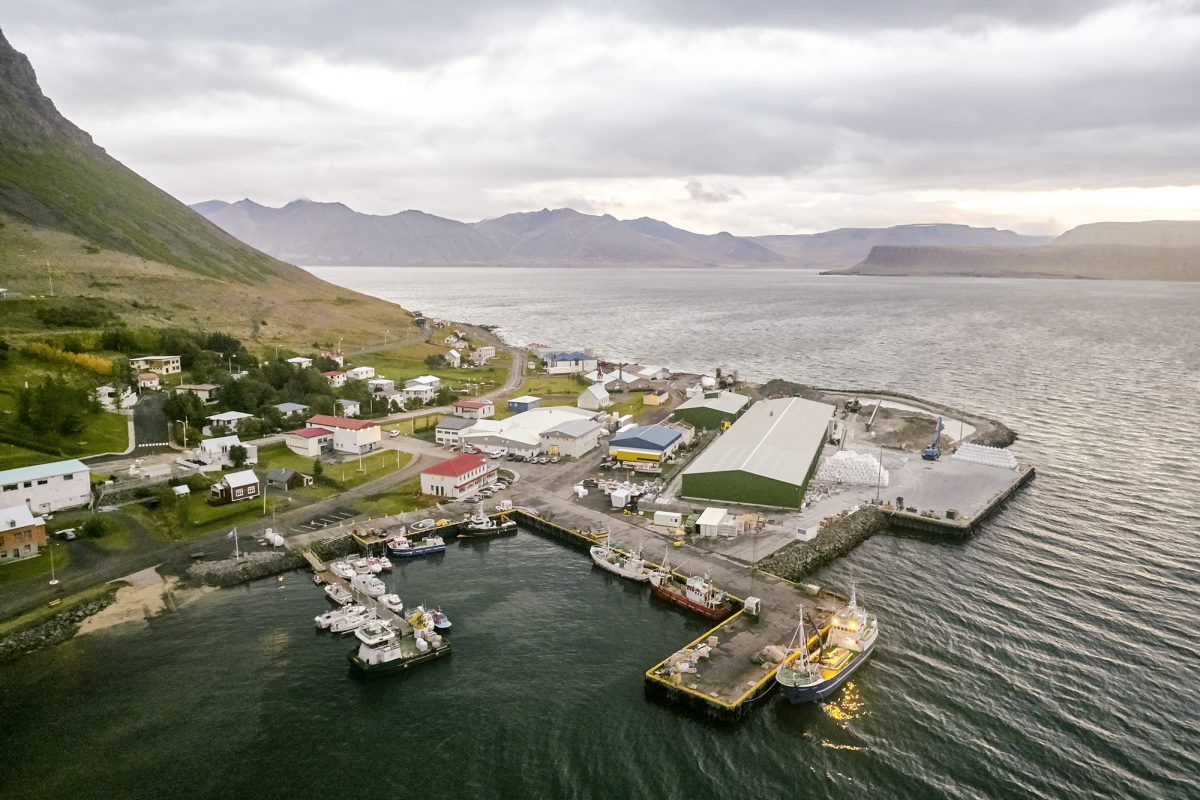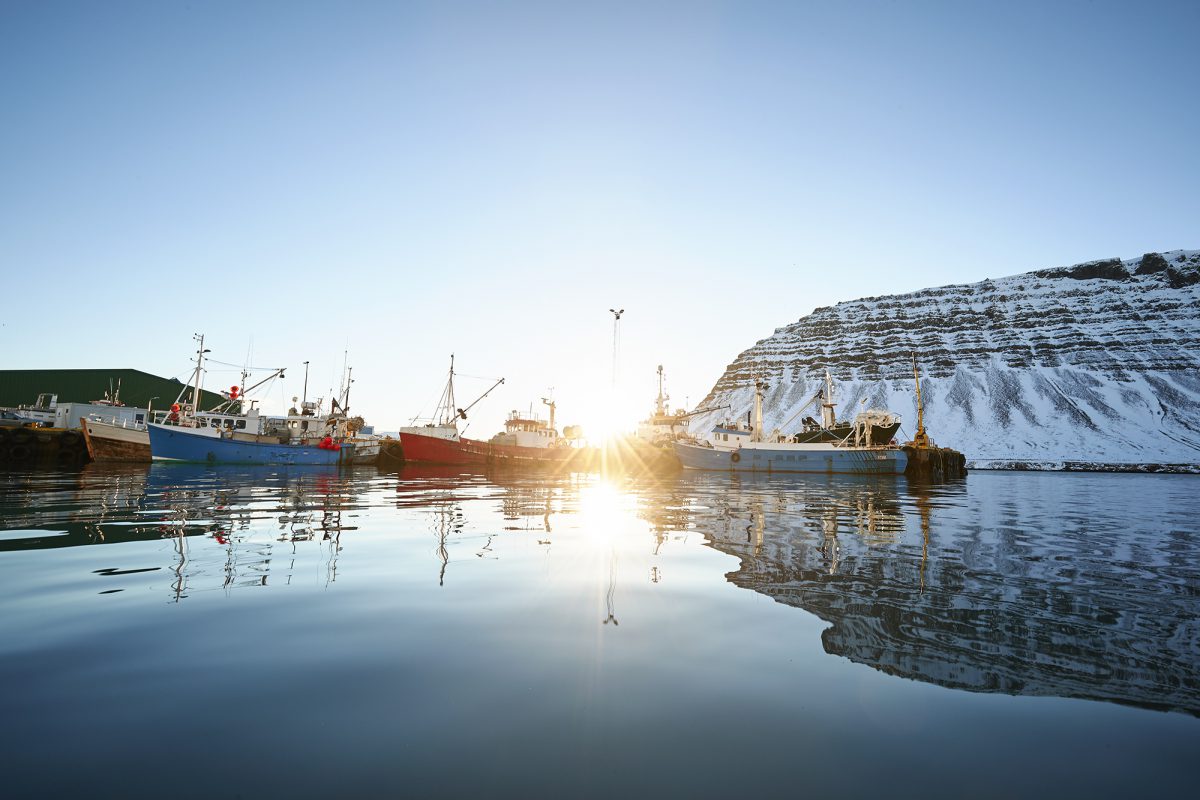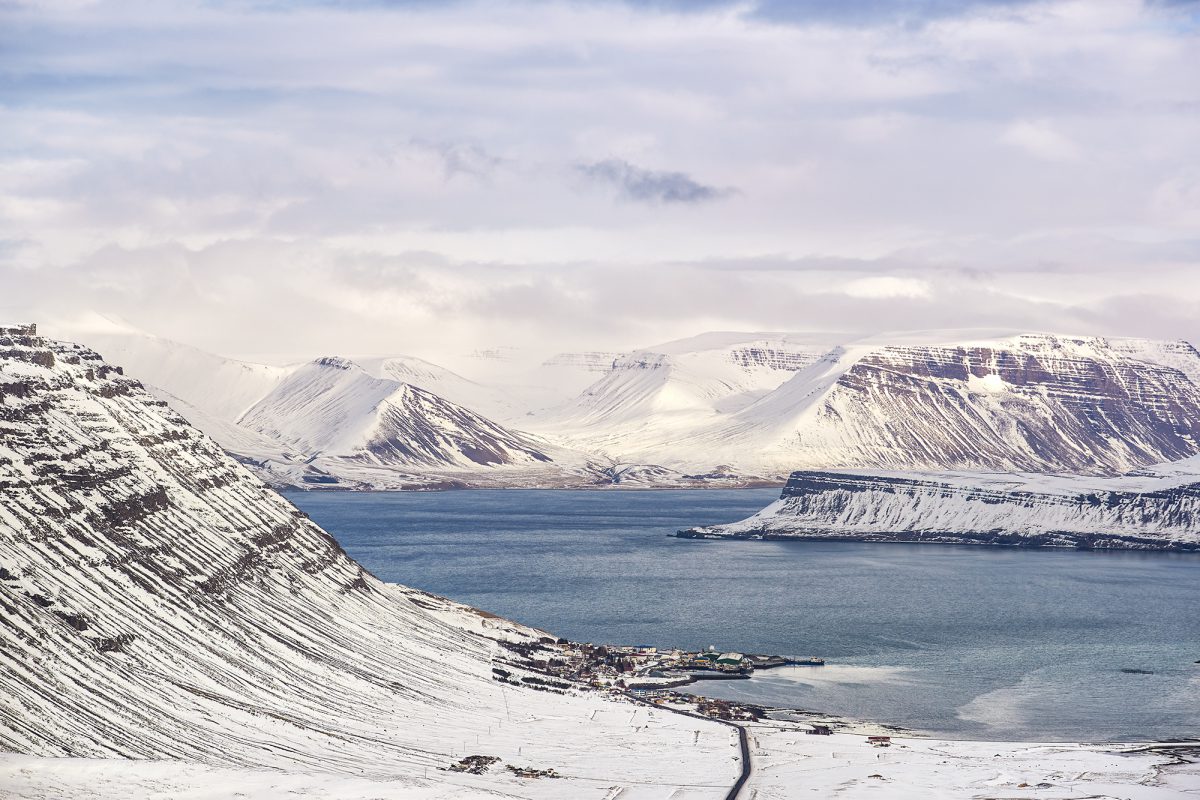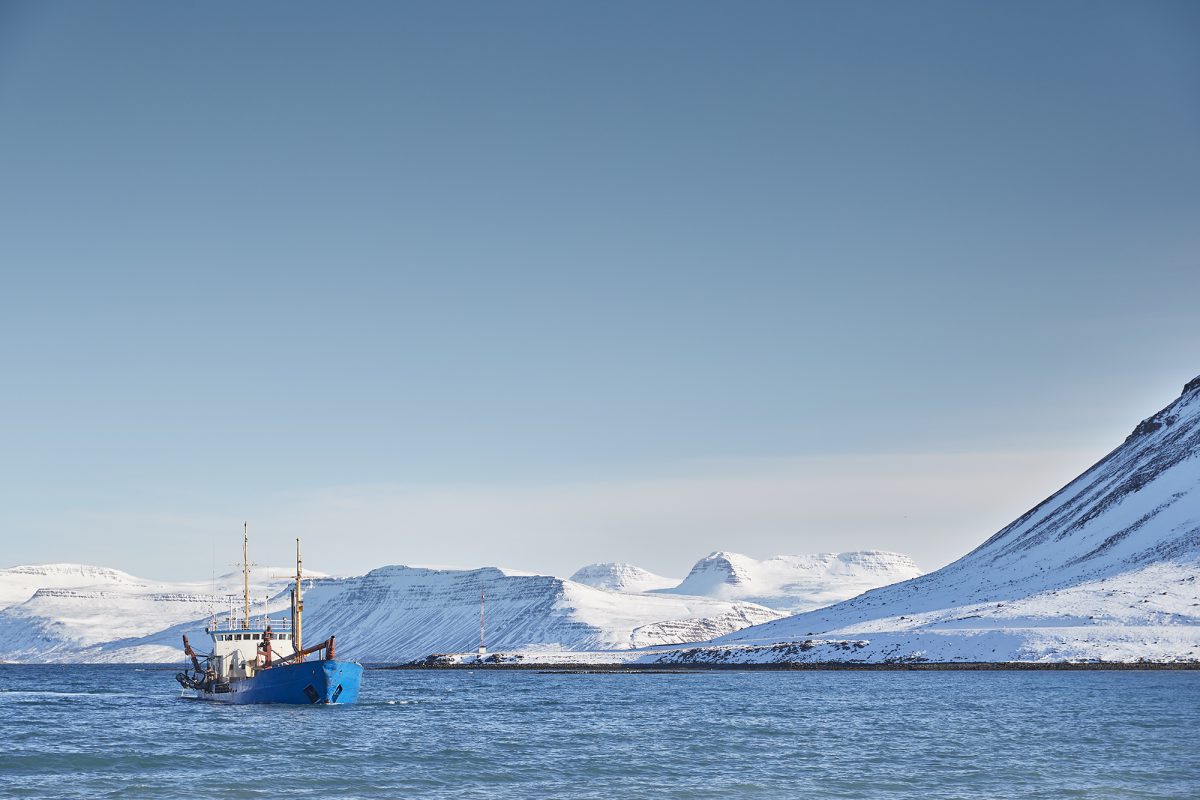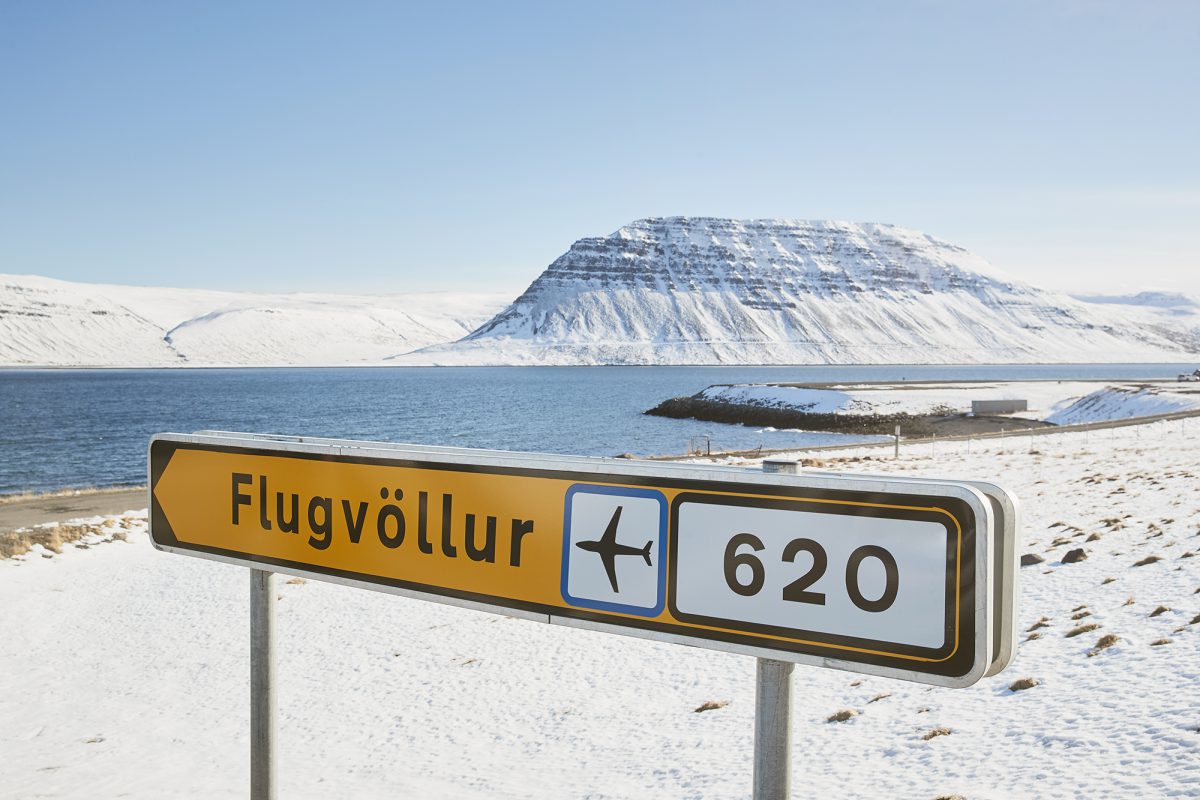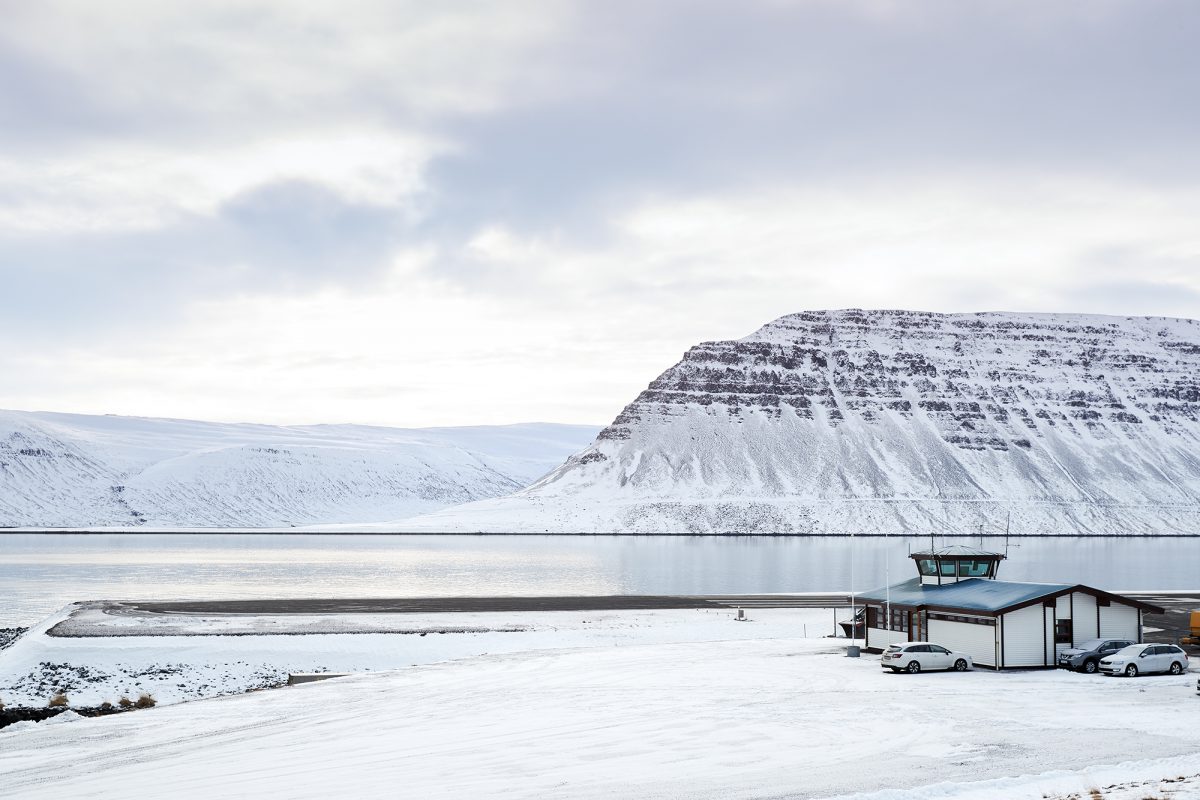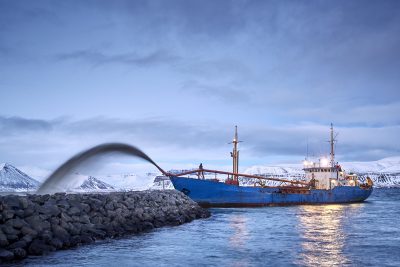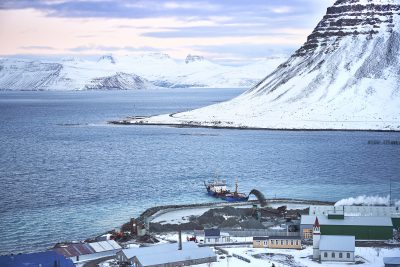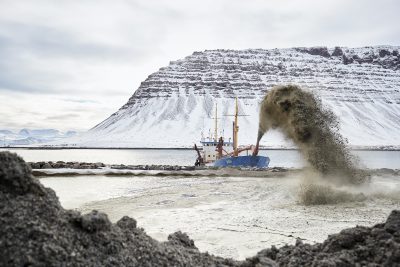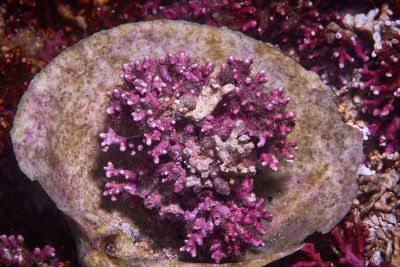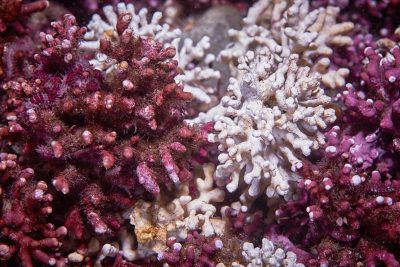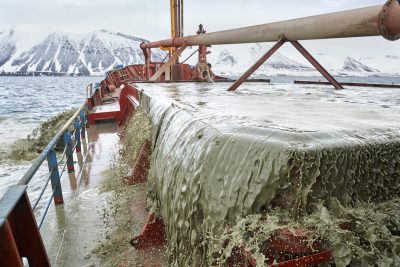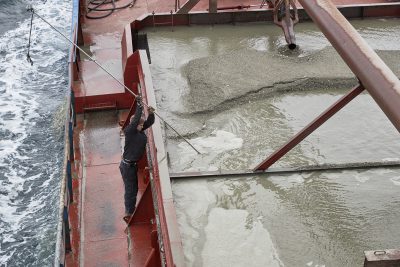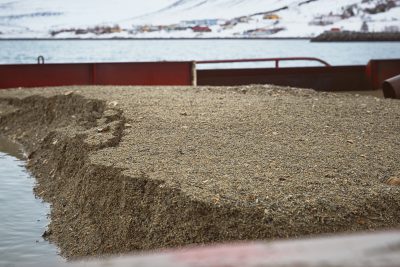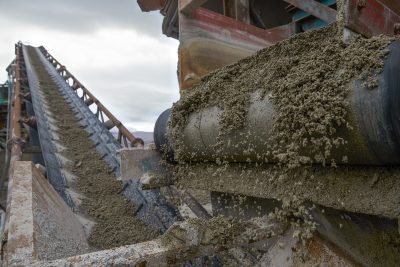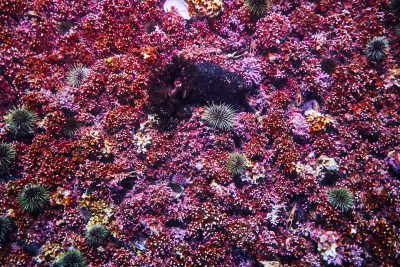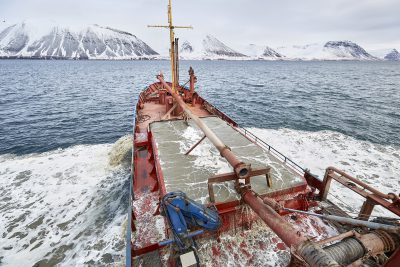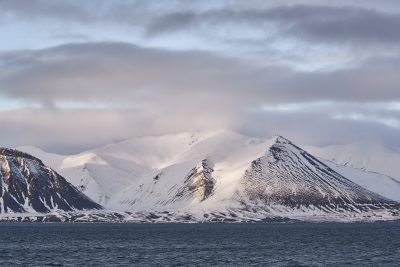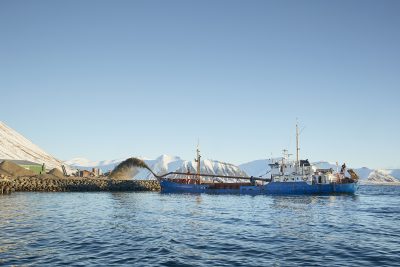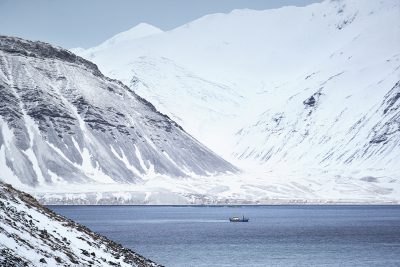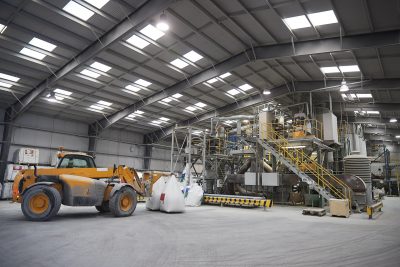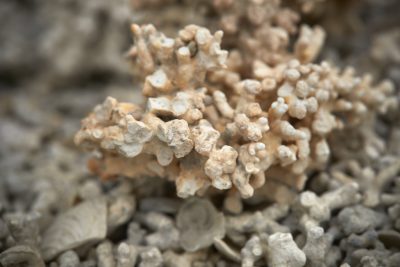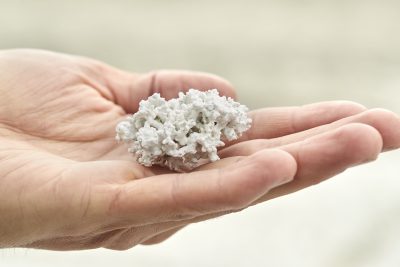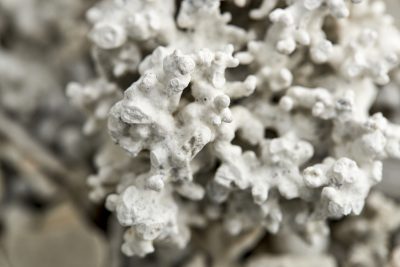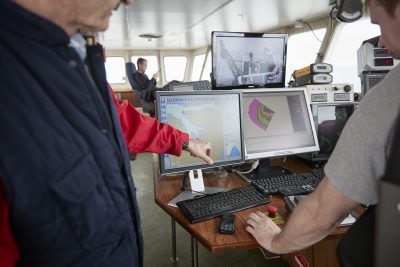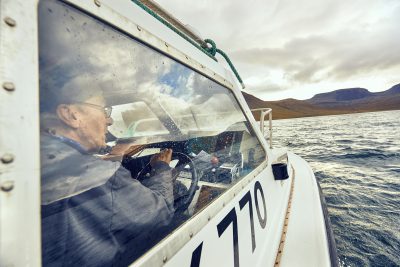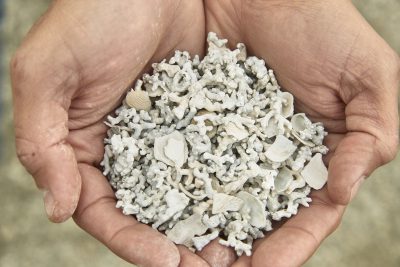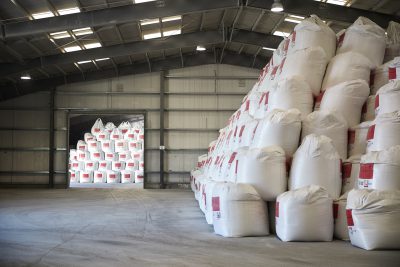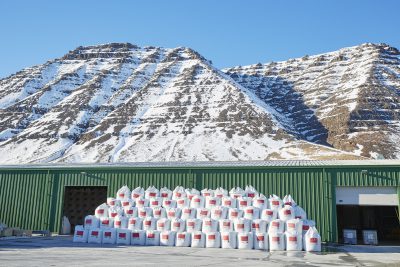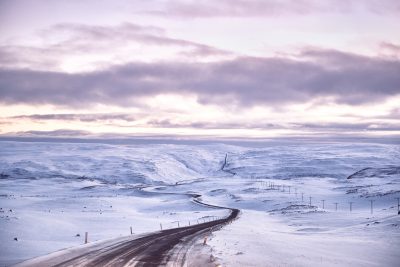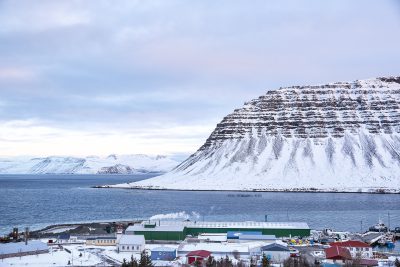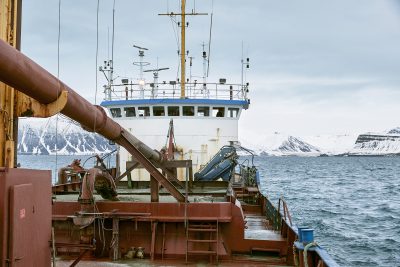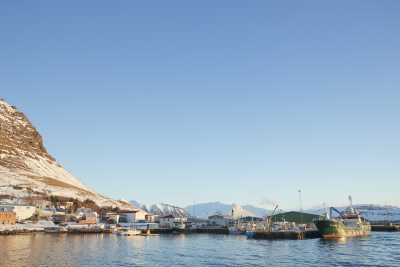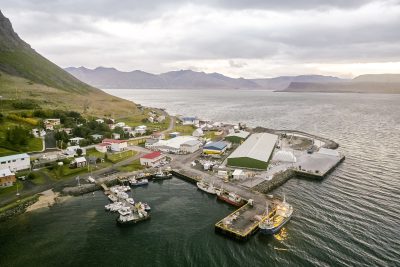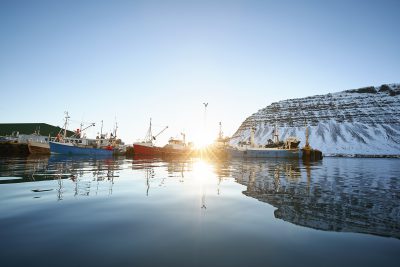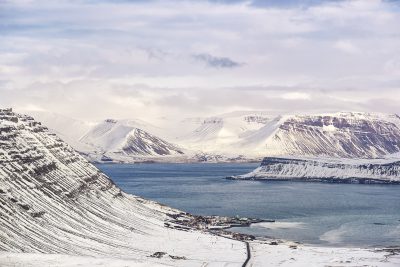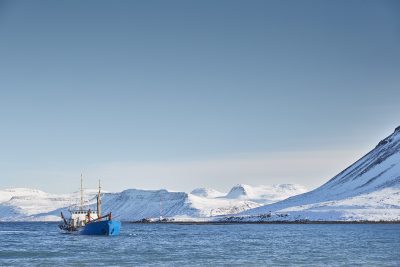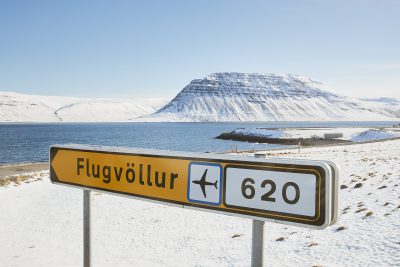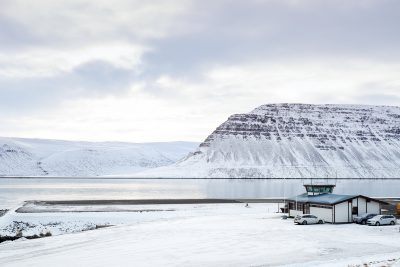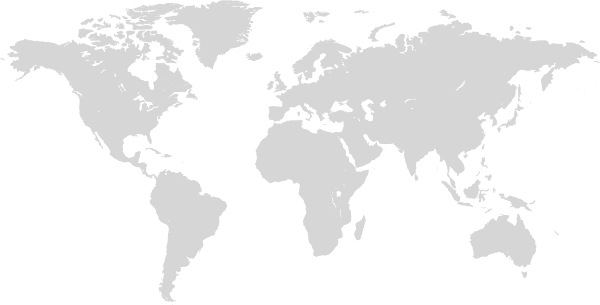Finding a source of calcium can be as simple as cooking up some white beans or broccoli, but Amway requires its ingredients to be the very best, so it needs to go deeper.
As it turns out, the bottom of a fjord in Iceland is deep enough.
This land of 130 volcanoes, founded by Vikings more than 1,000 years ago hosts nutrient-rich fjords fed by the chilly waters of the north Atlantic. Thriving on the bottom of these fjords is a sea plant called coralline red algae, which is rich in natural minerals.
Throughout its life cycle the algae naturally calcifies, much like coral, to protect its living organism. The rough ocean waters of the fjords break off bits of the calcium-rich structures then currents carry the pieces and deposit them in deep Maerl beds under the sea. It’s from these beds that Icelandic mariners harvest the rich calcified remains for use in Amway’s Nutrilite Cal Mag D supplement.
At this point, an obvious question demands an answer: Why go to such a desolate place for a vitamin so easily found in leafy greens?
Because calcified seaweed is more concentrated.
Botanical sources like calcified seaweed are valued because they also contribute important nutrient diversity, in this case potassium, phosphorous, manganese and magnesium, which are minerals your body needs to function effectively.
Cautiously optimistic
When the topic of harvesting calcified seaweed was first discussed, Amway Senior Principal Research Scientist Kevin Gellenbeck raised an immediate concern.
“The first time anybody ever told me about this I thought ‘you’ve got to be kidding me,’” Gellenbeck said. “I know how slow-growing some of these plants are. What is this going to do to the area?”
Gellenbeck decided to see the process for himself to ensure it lived up to Amway’s dedication to integrity, not just for its products, but also for the global environment.
After a short flight from Reykjavik onto a snowy runway next to the Bildudalur Fjord, Gellenbeck was able to witness the harvesting in person.
A dredge ship is used to extract the calcified seaweed from the bottom of the fjord. Once onboard, the seaweed, which resembles small bits and chunks of coral, is transported to a holding pond near shore before being cleaned and processed.
Gellenbeck was able to discuss harvest findings with Kjartan Thor, who performs underwater environmental impact assessments for The Icelandic Diving Service.
What he learned put him at ease.
“They pulled a sled with a camera behind the boat and you could see these deposits, called Maerl beds, where all this dead broken seaweed is piled up,” Gellenbeck said. “That’s what is being harvested, so I felt better about that because they only go through the dead areas.”
As the seaweed grows it begins to pile up closer to the surface of the water. A combination of too much light and too much water movement makes it difficult for the seaweed to survive and the plants die.
Global positioning tools help the captain guide the dredge along the bottom. Digital charts show the layout and which areas have already been harvested.
After some changes to national fishing laws this industry came in helped put the small town of about 200 people back to work in the same buildings previously used for fish processing.
“You look at the environment and it’s like ‘wow,’” Gellenbeck said. “I’d never been to Iceland before. It’s clean, the air, the water; this is a special kind of thing.”
An amazing source of calcium from one of the most remote places on the earth; sustainable and forward-thinking, Nutrilite CalMagD.
Iceland hosts nutrient-rich fjords fed by the chilly waters of the north Atlantic. Thriving on the bottom of these fjords is a sea plant called coralline red algae, which is rich in natural minerals.
